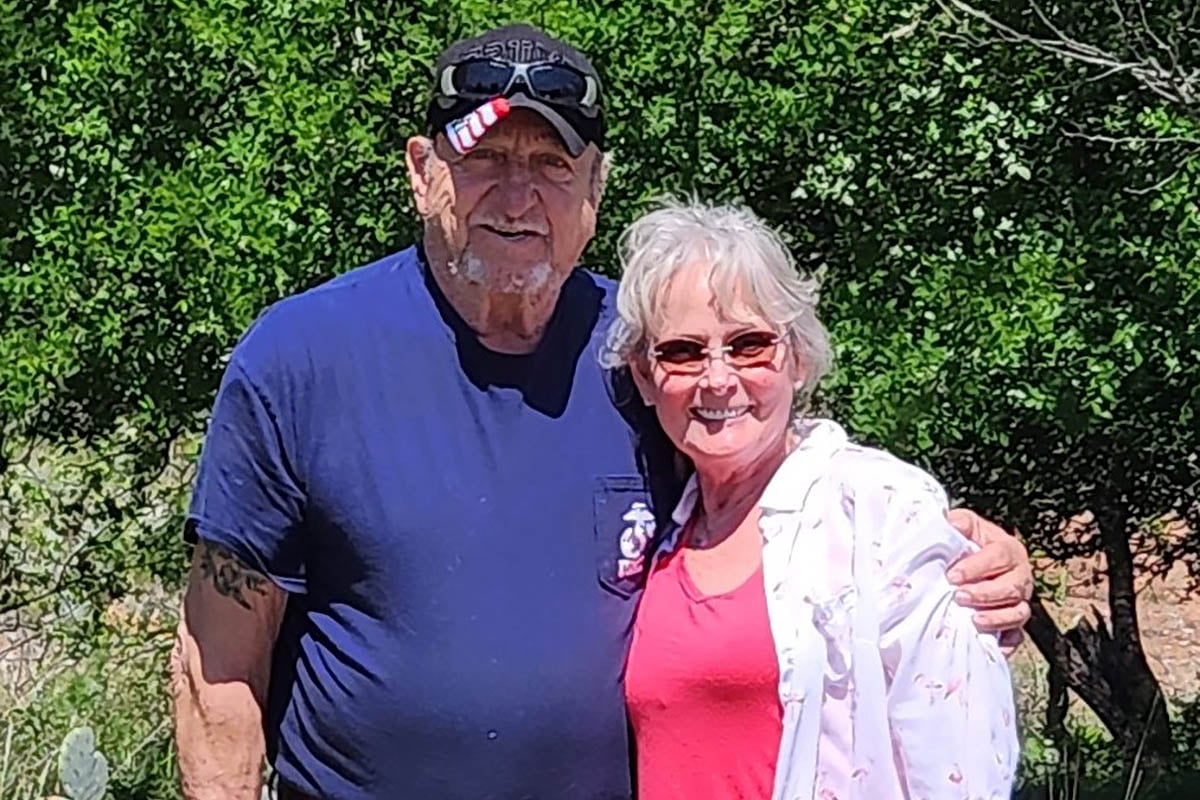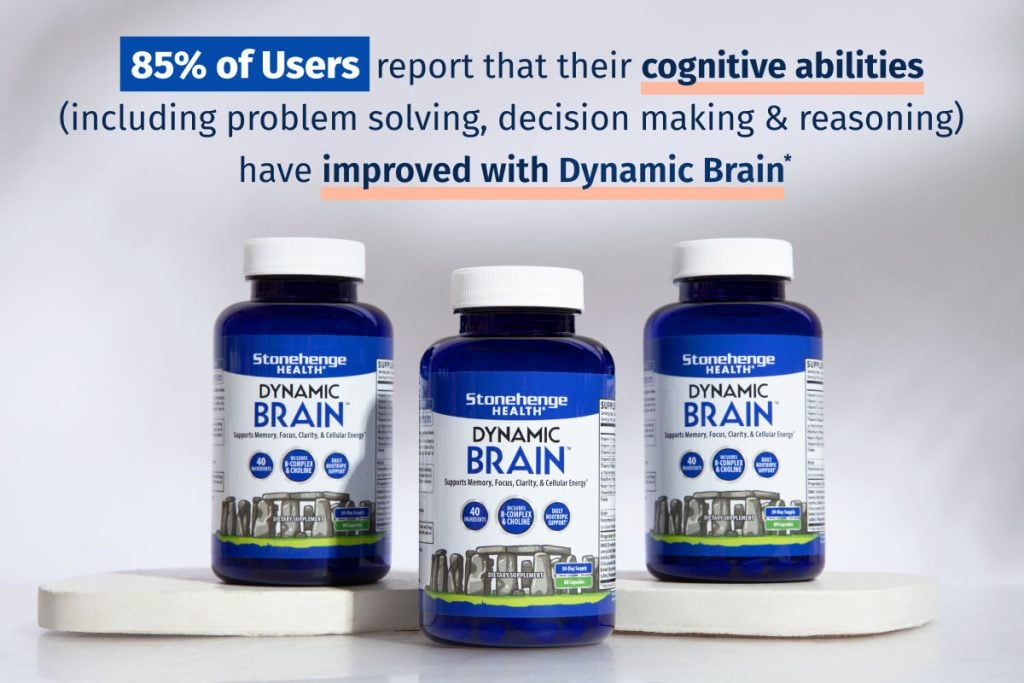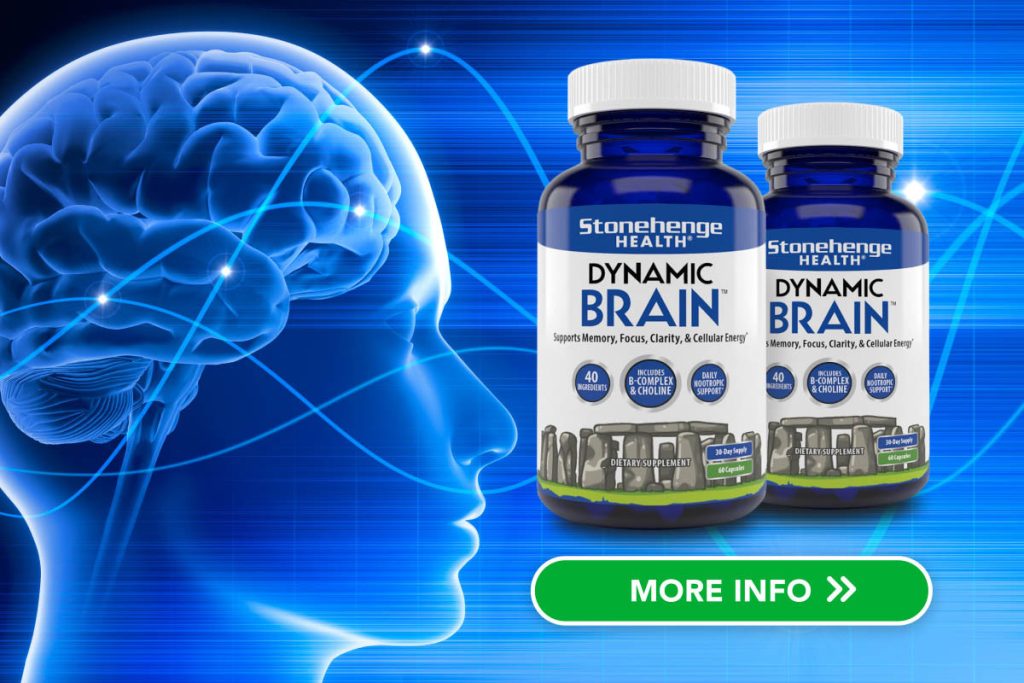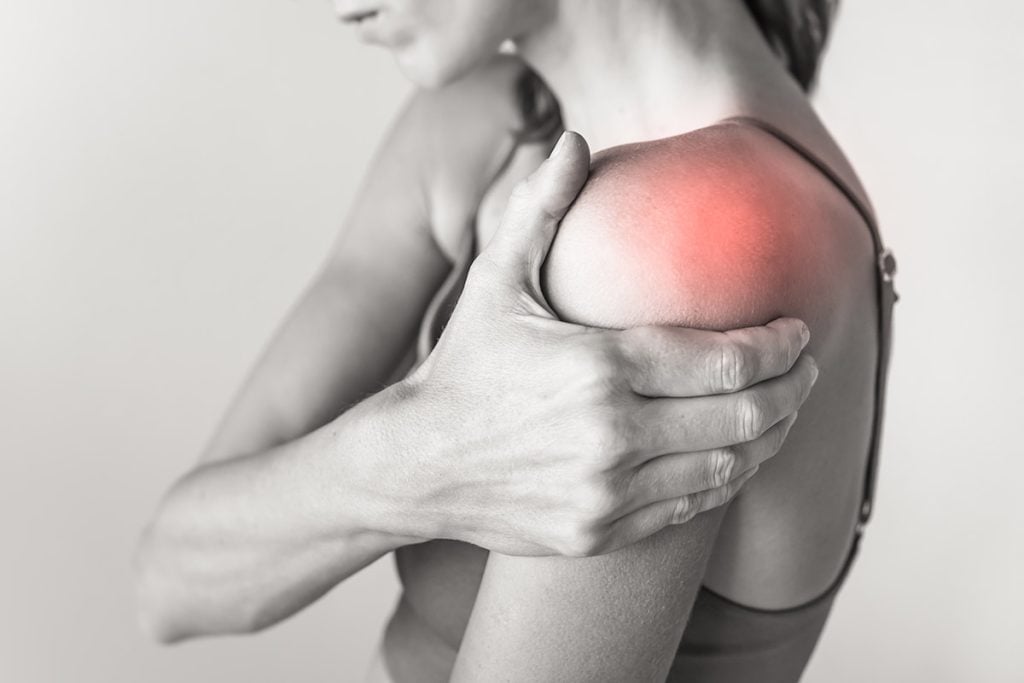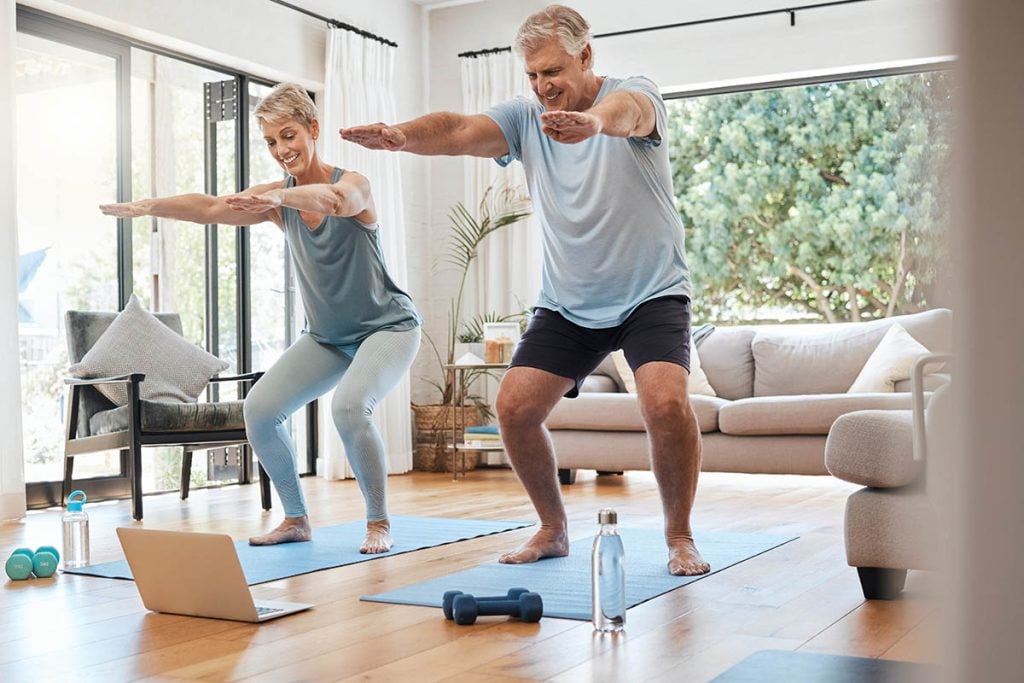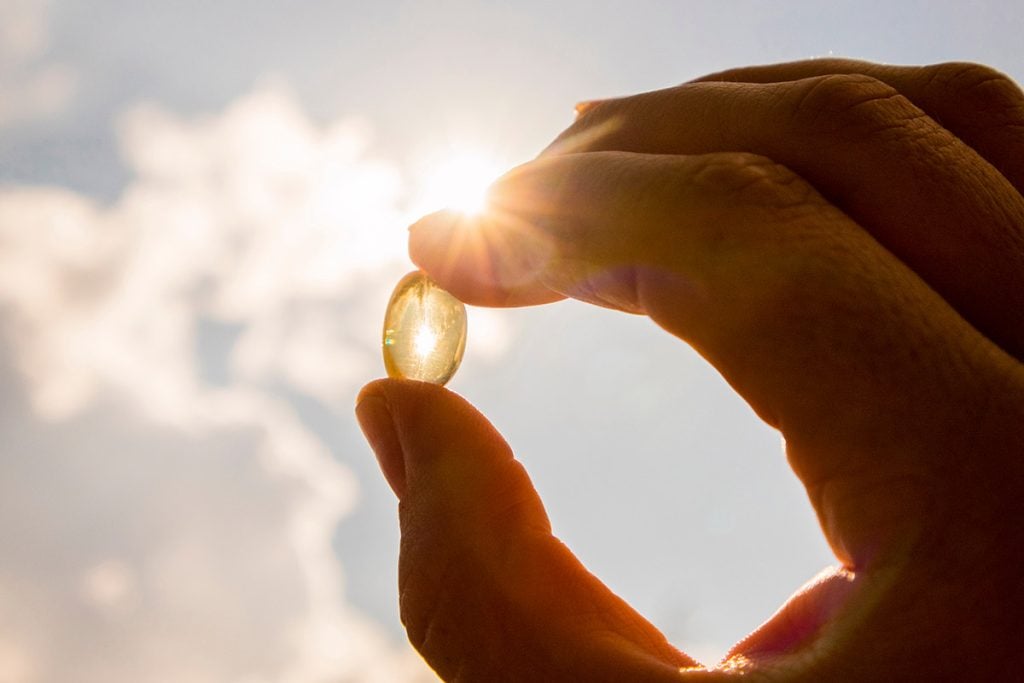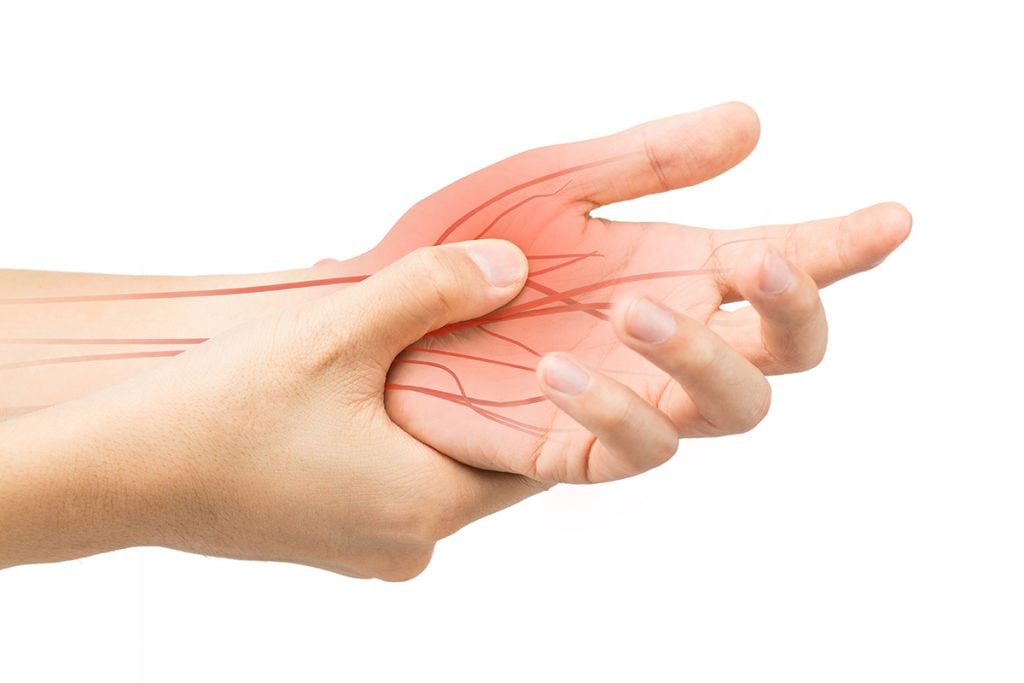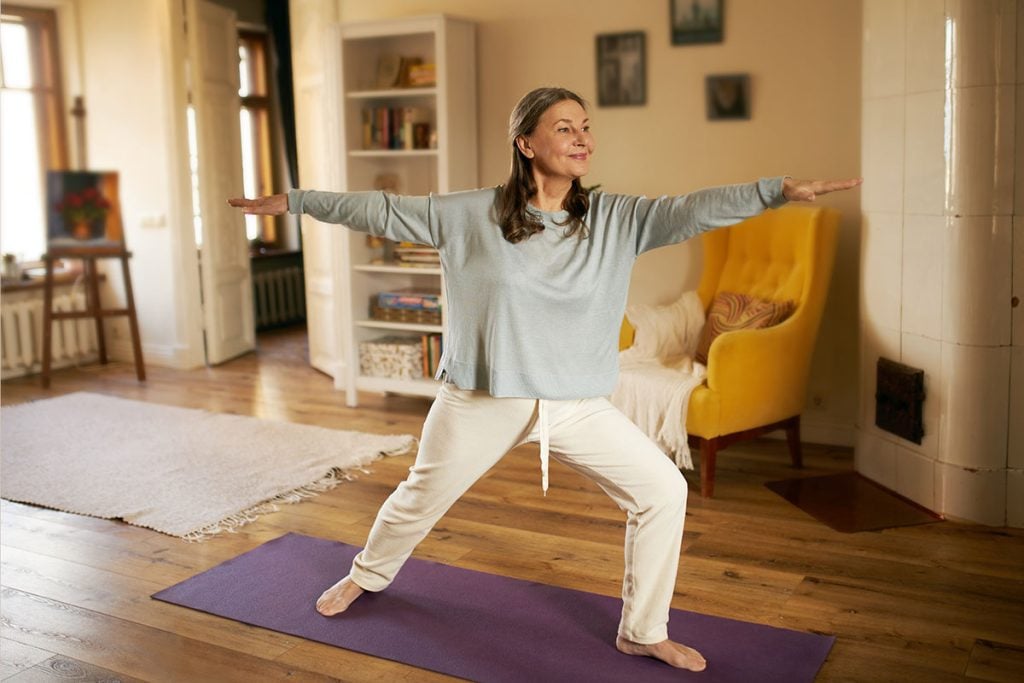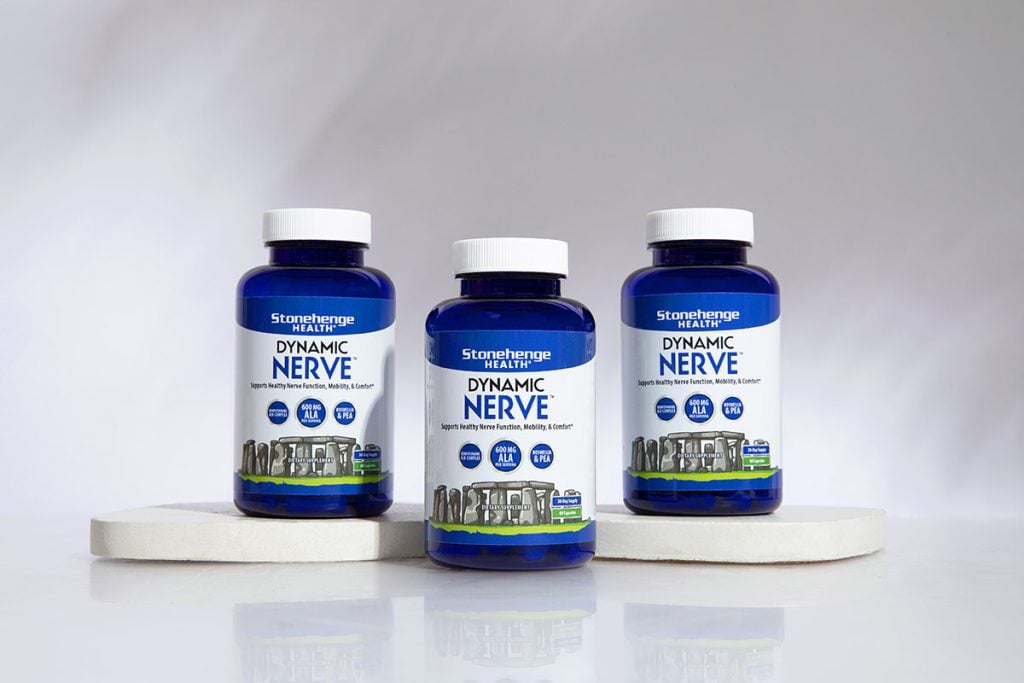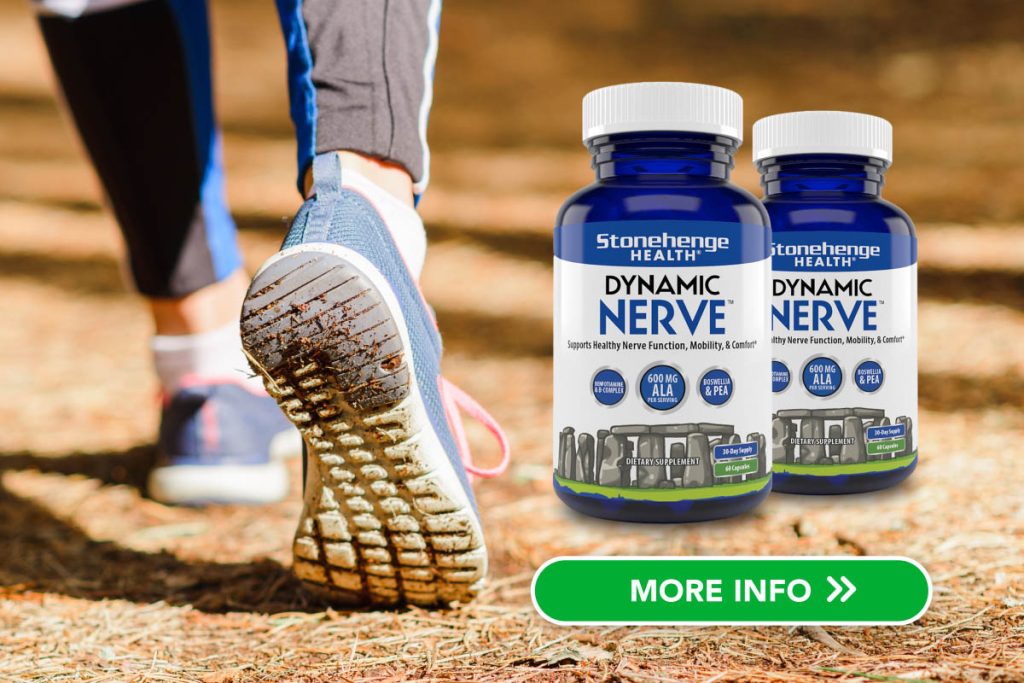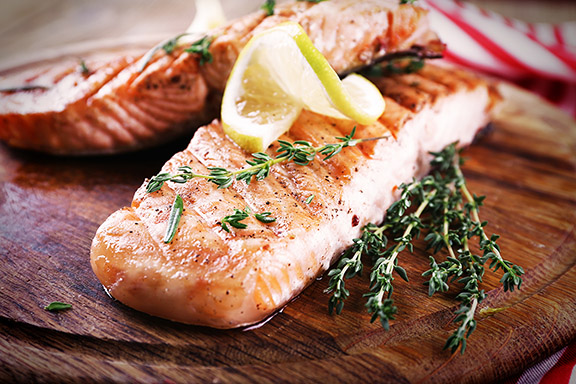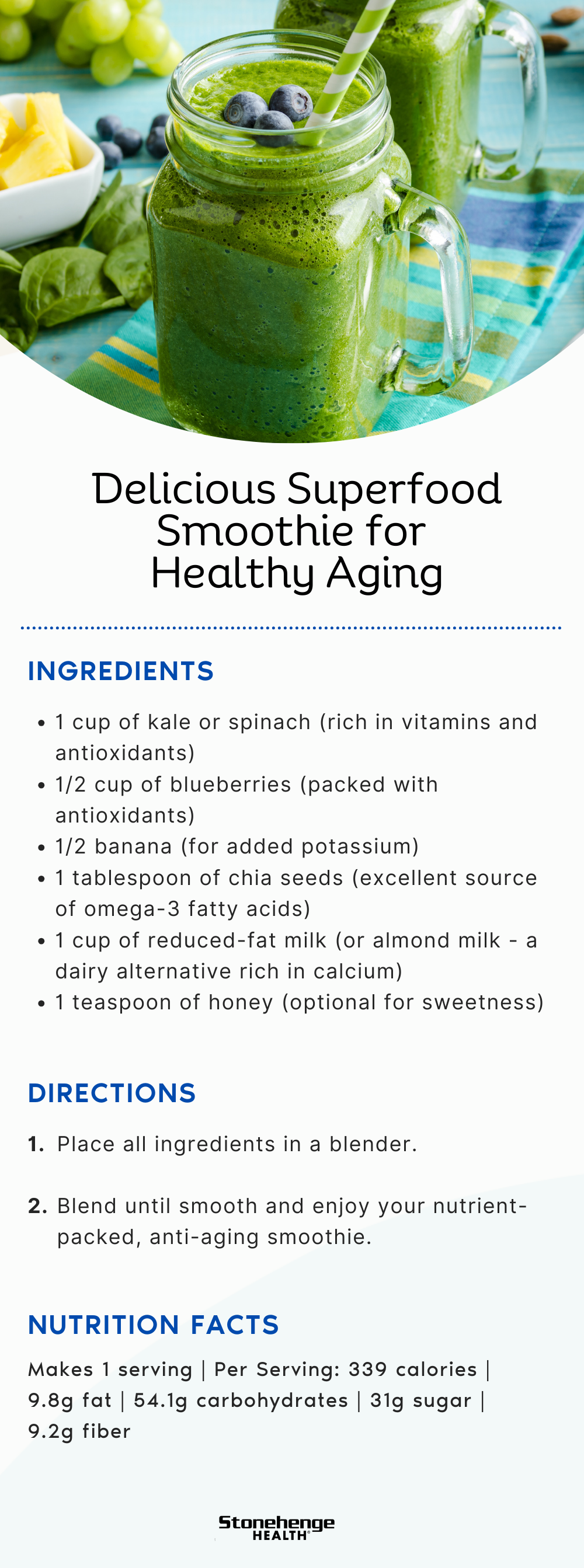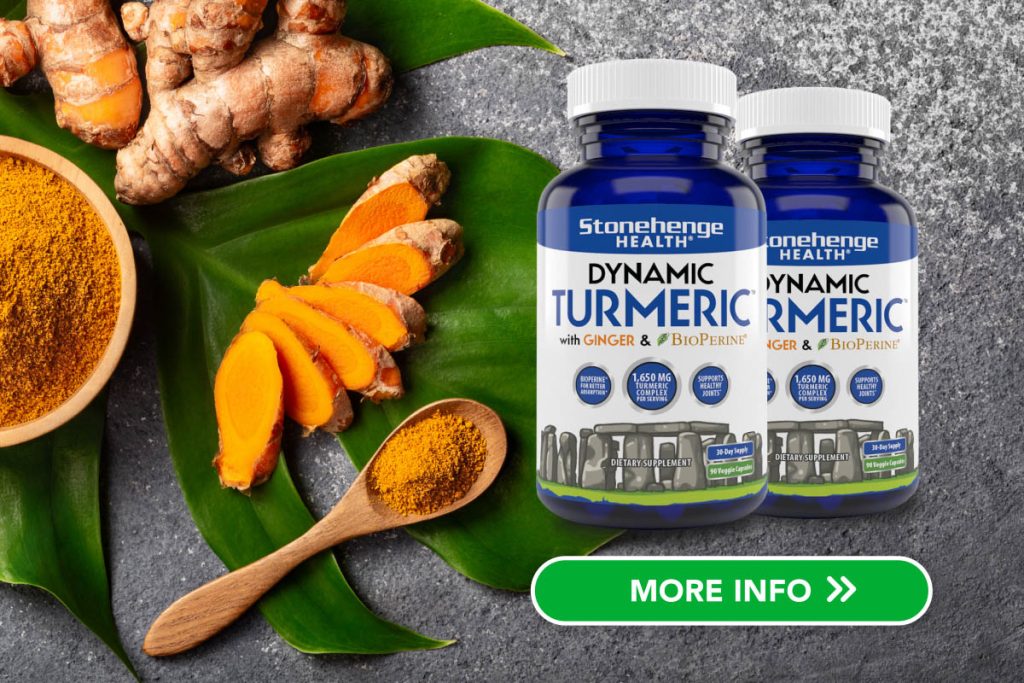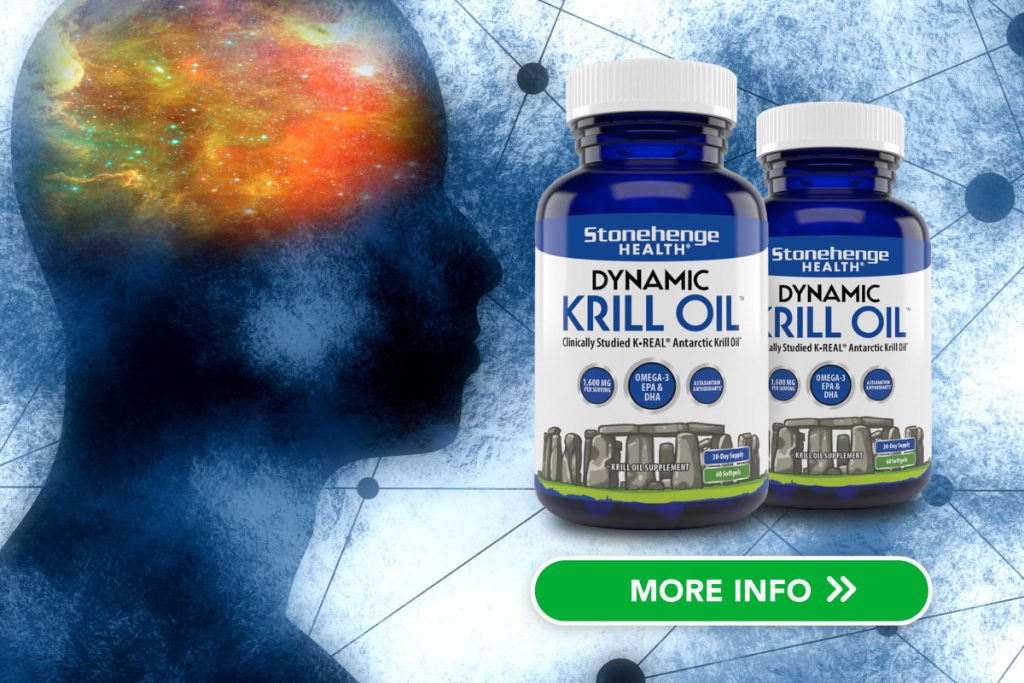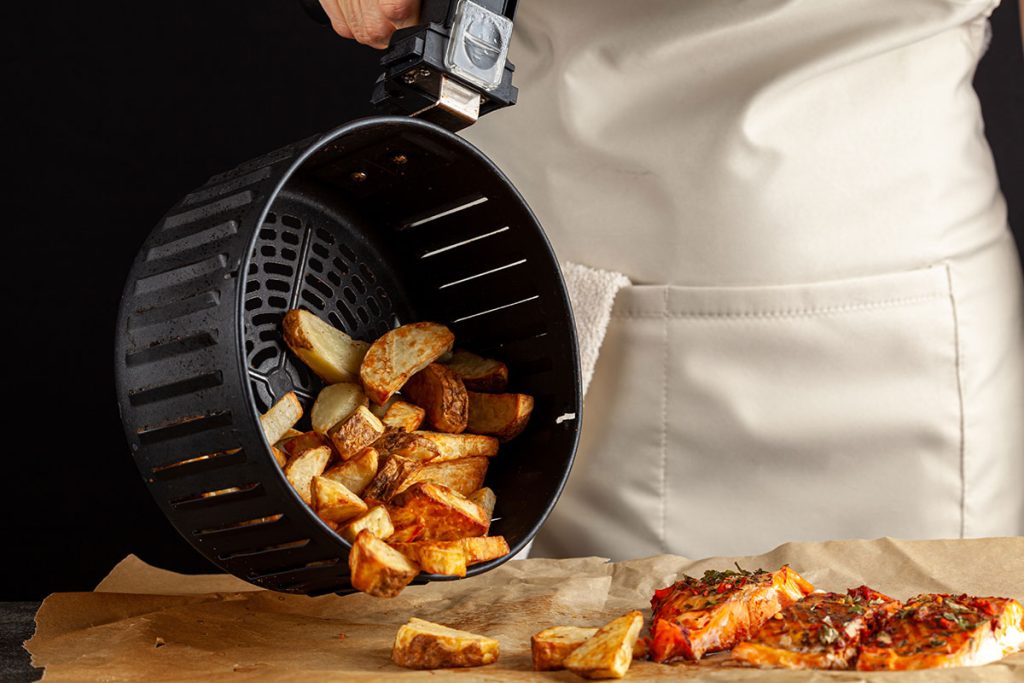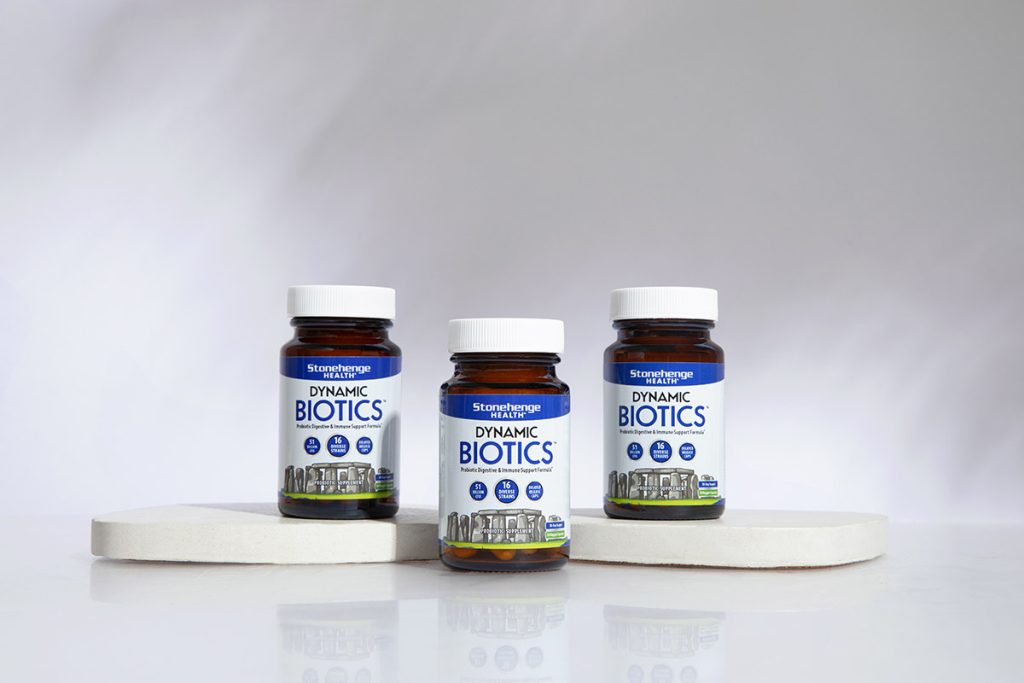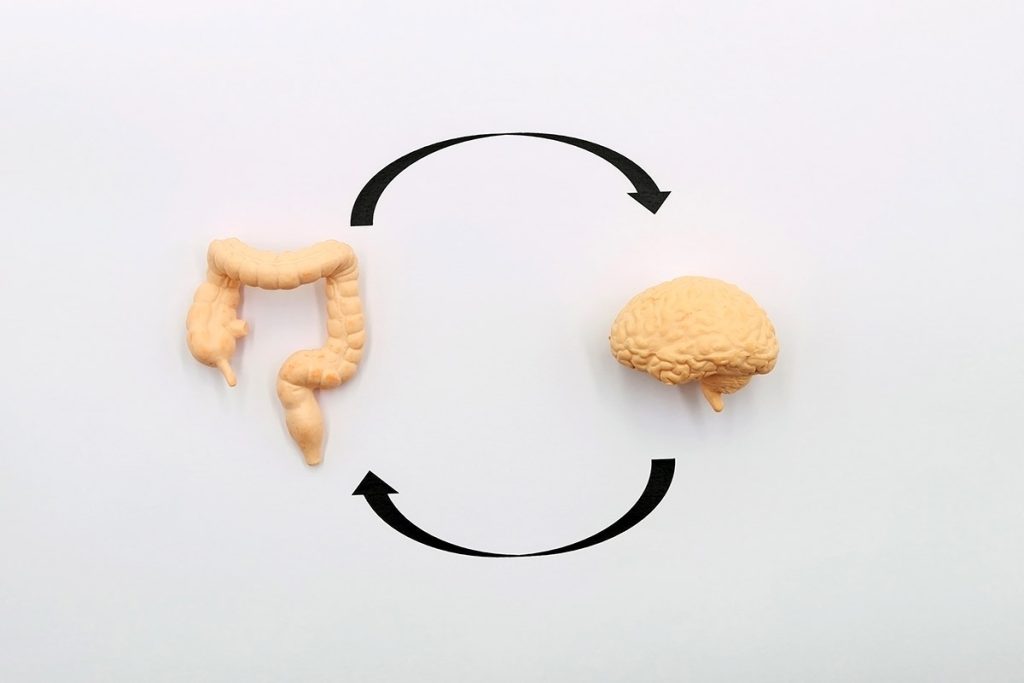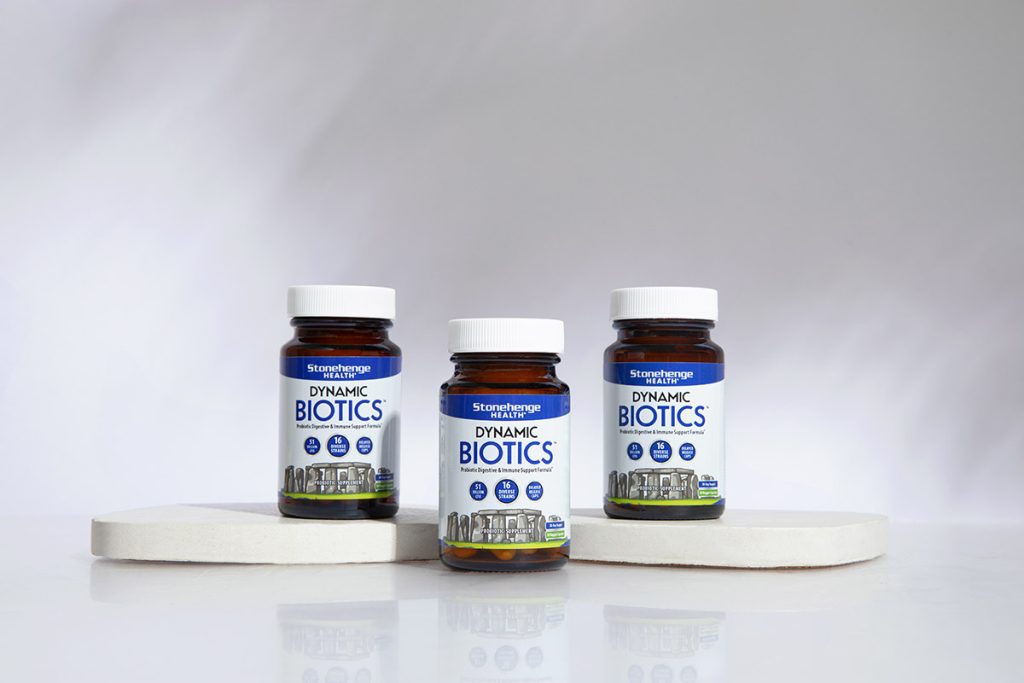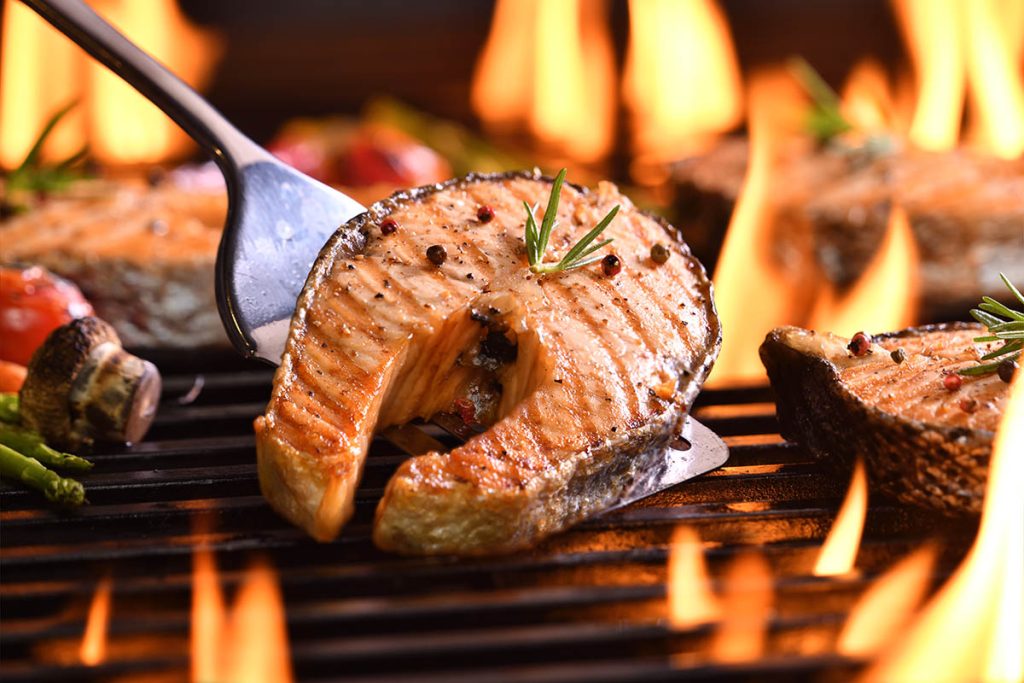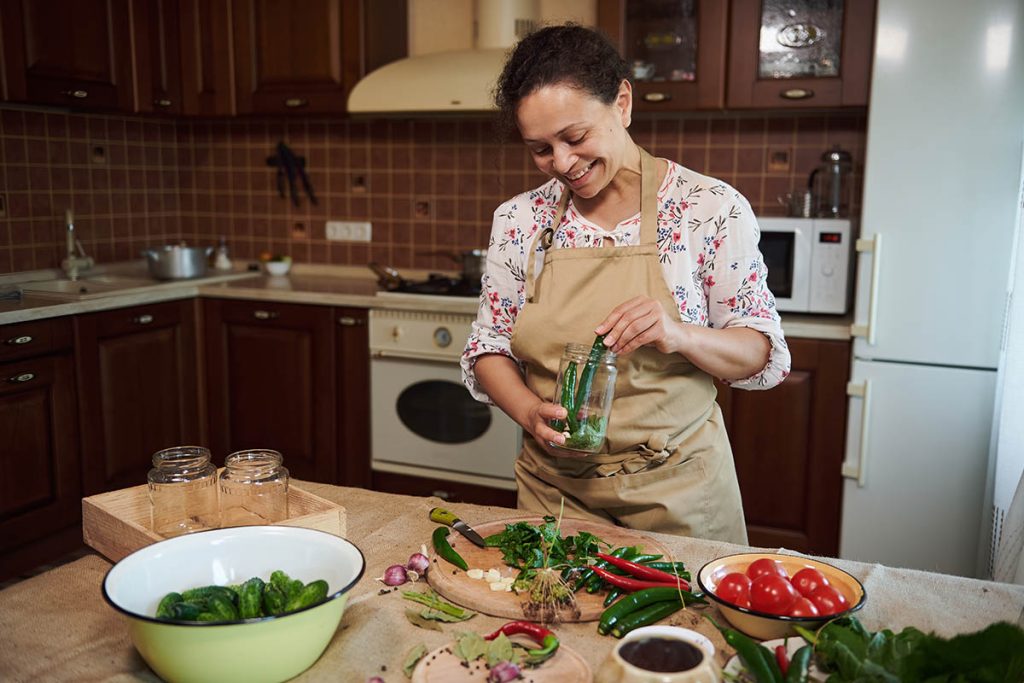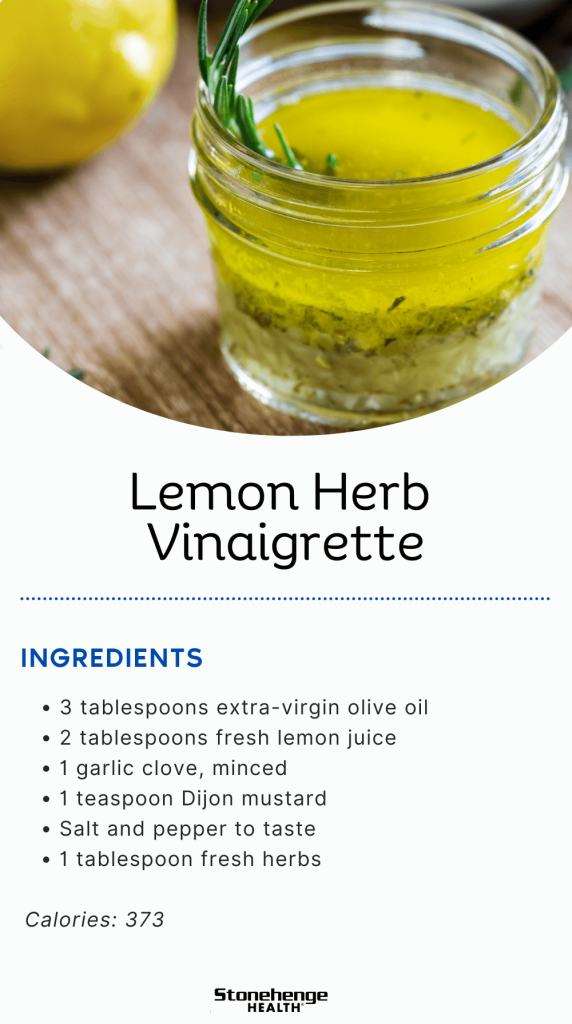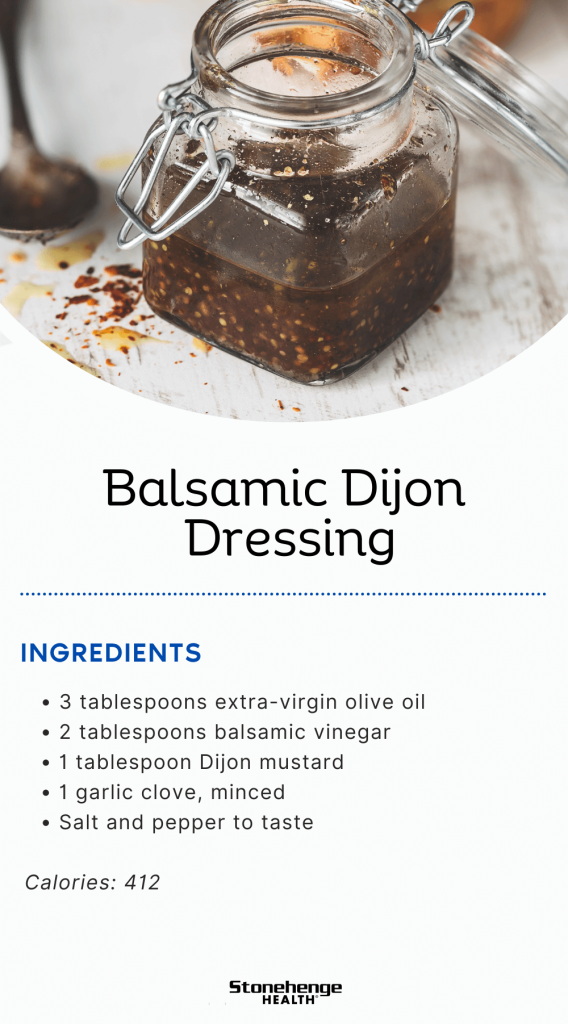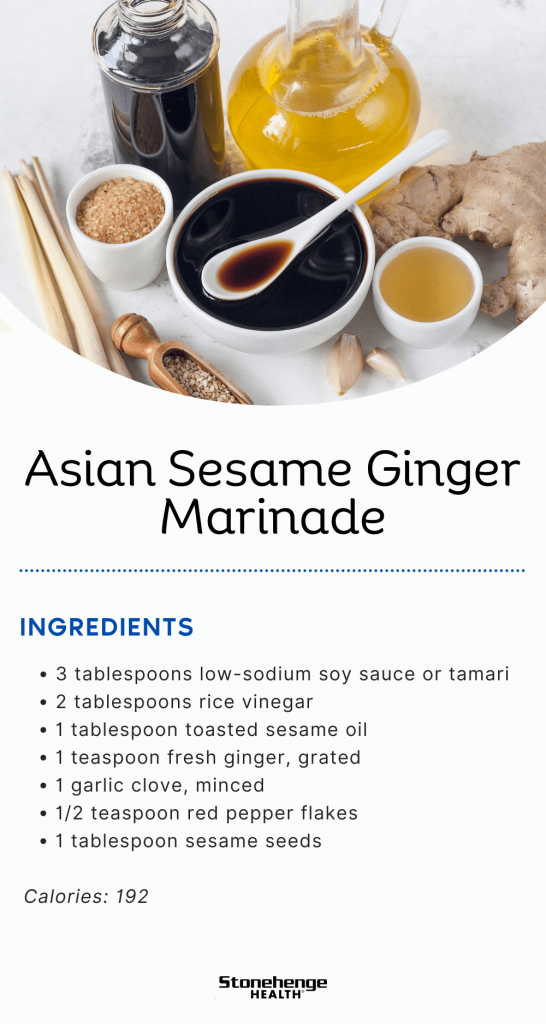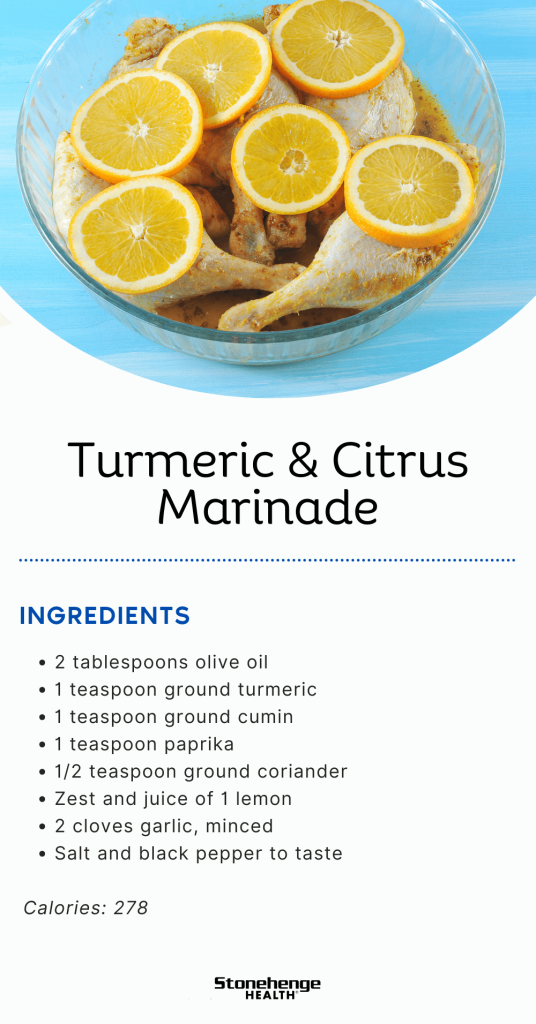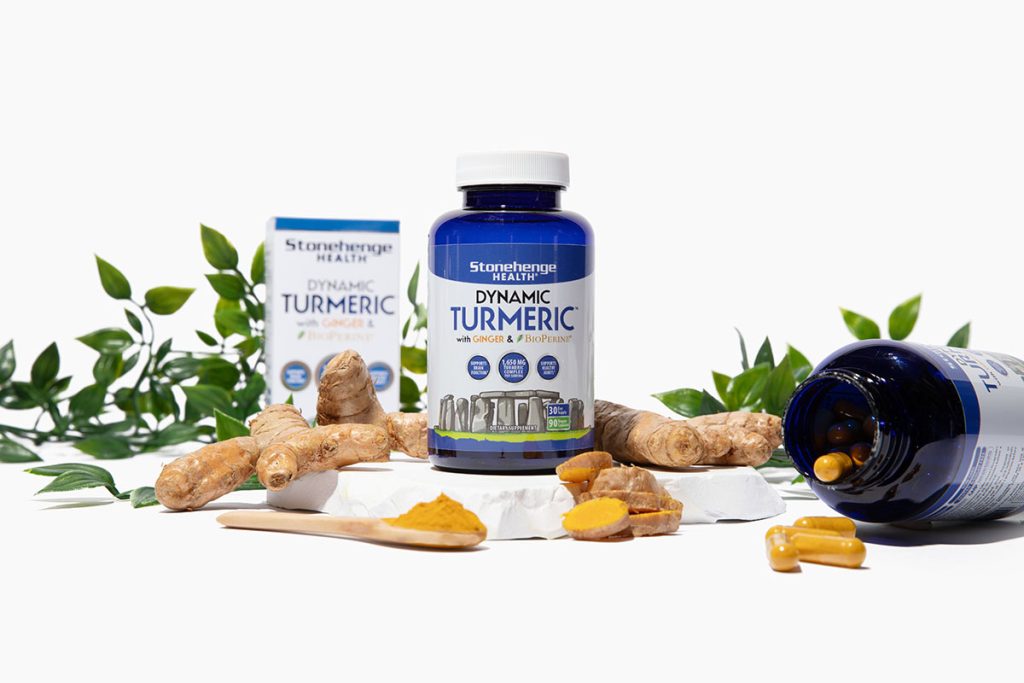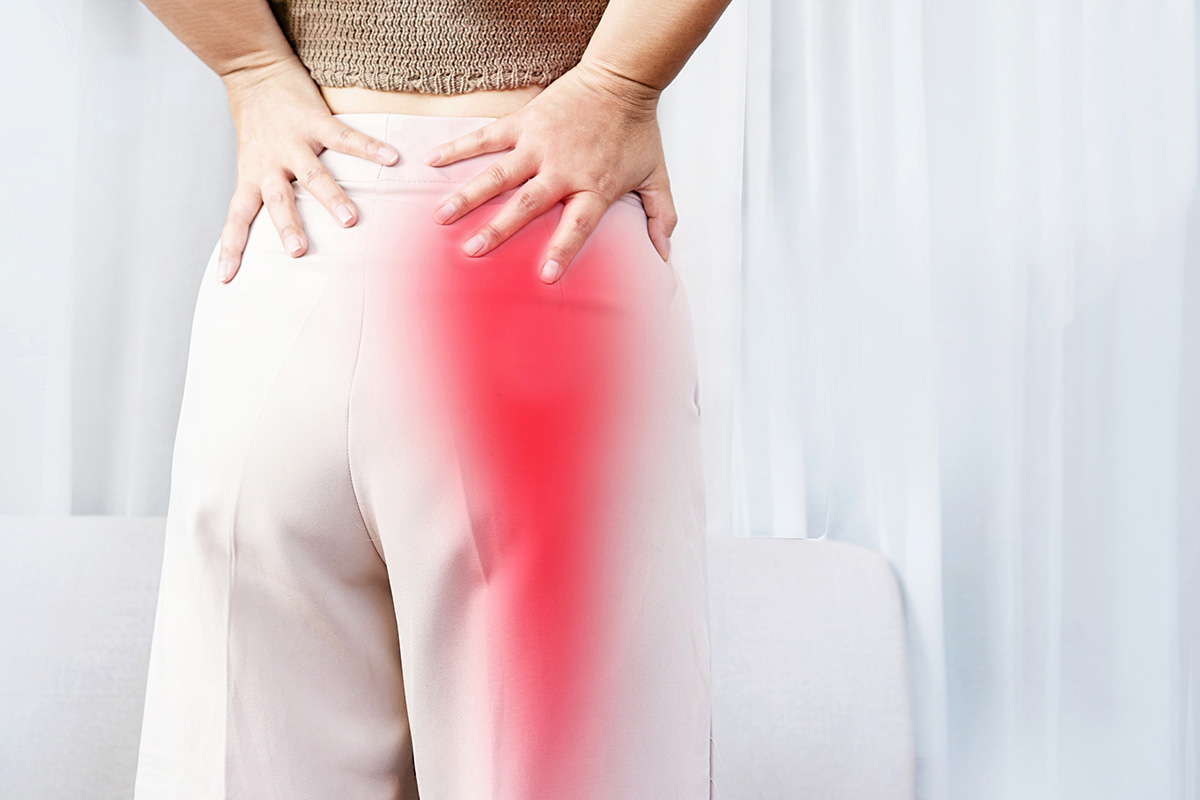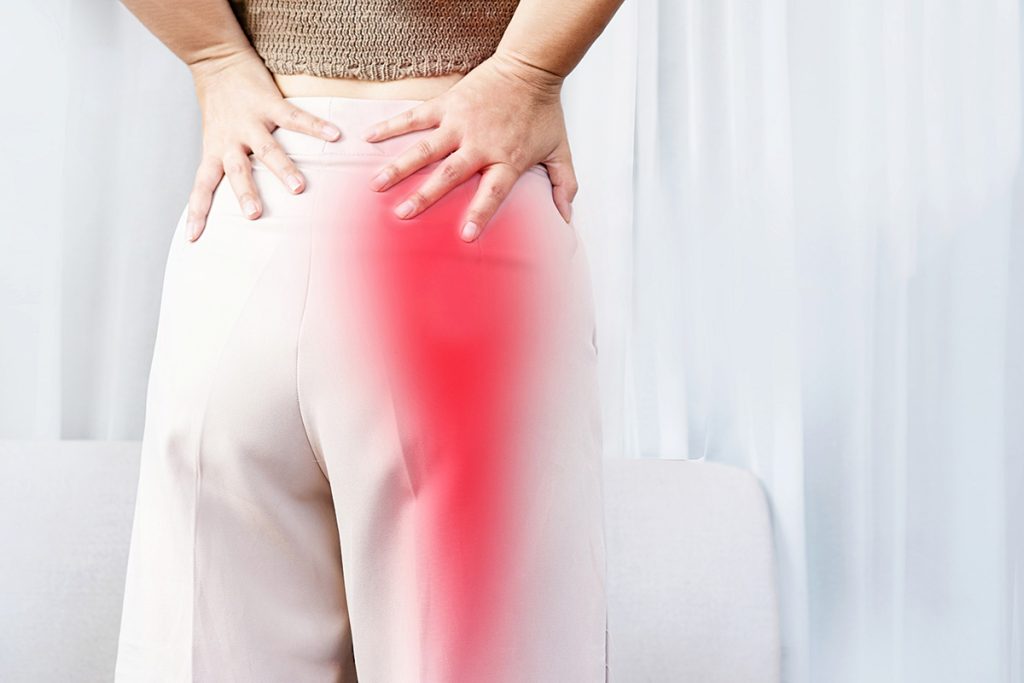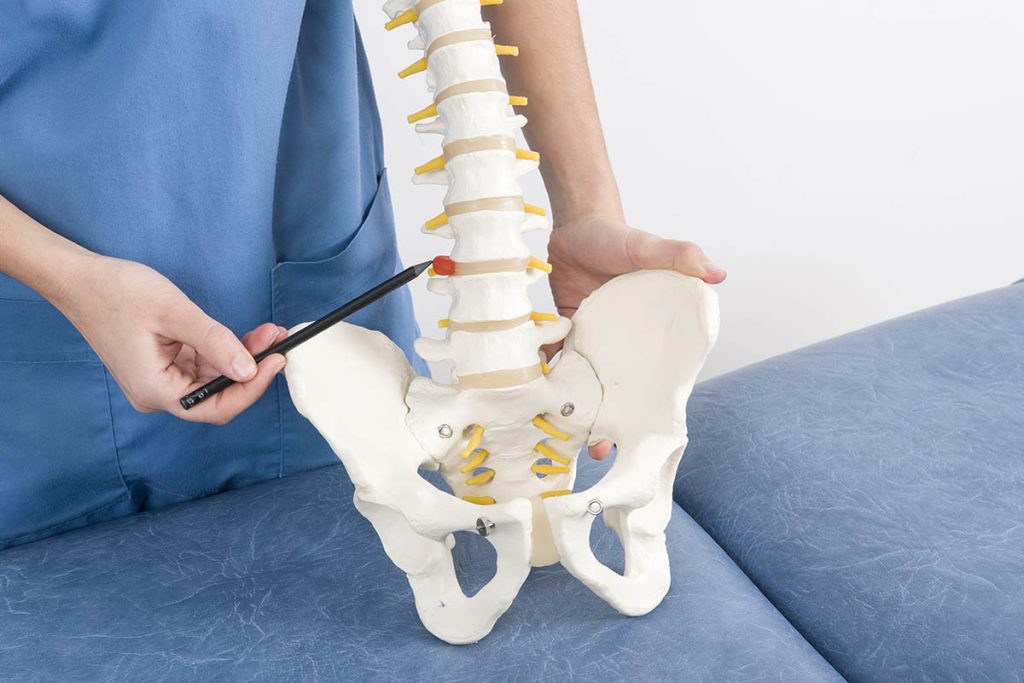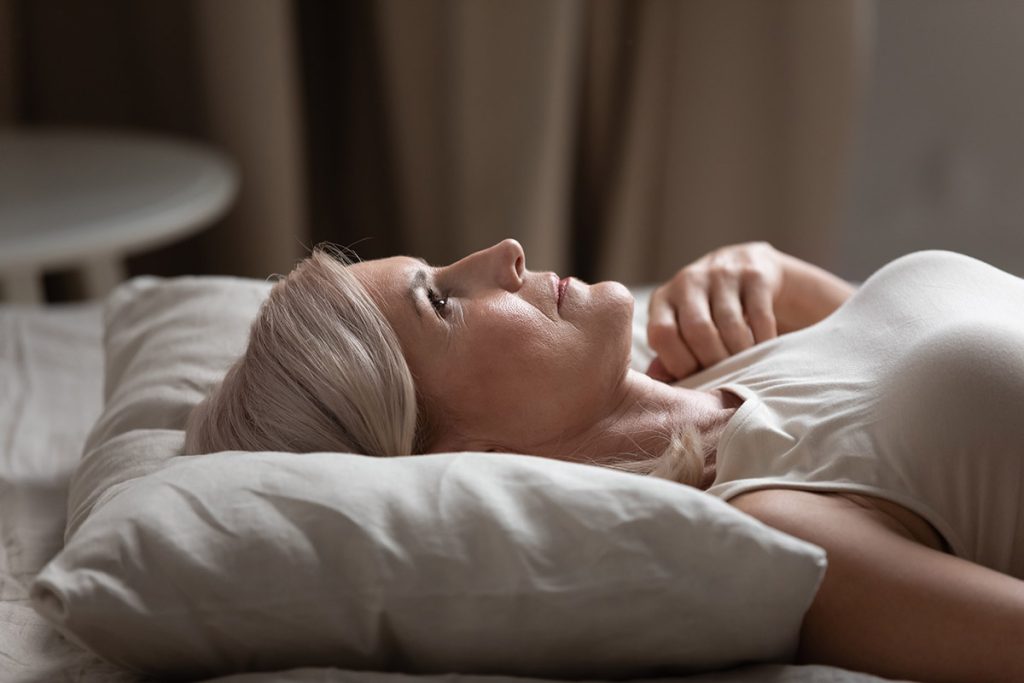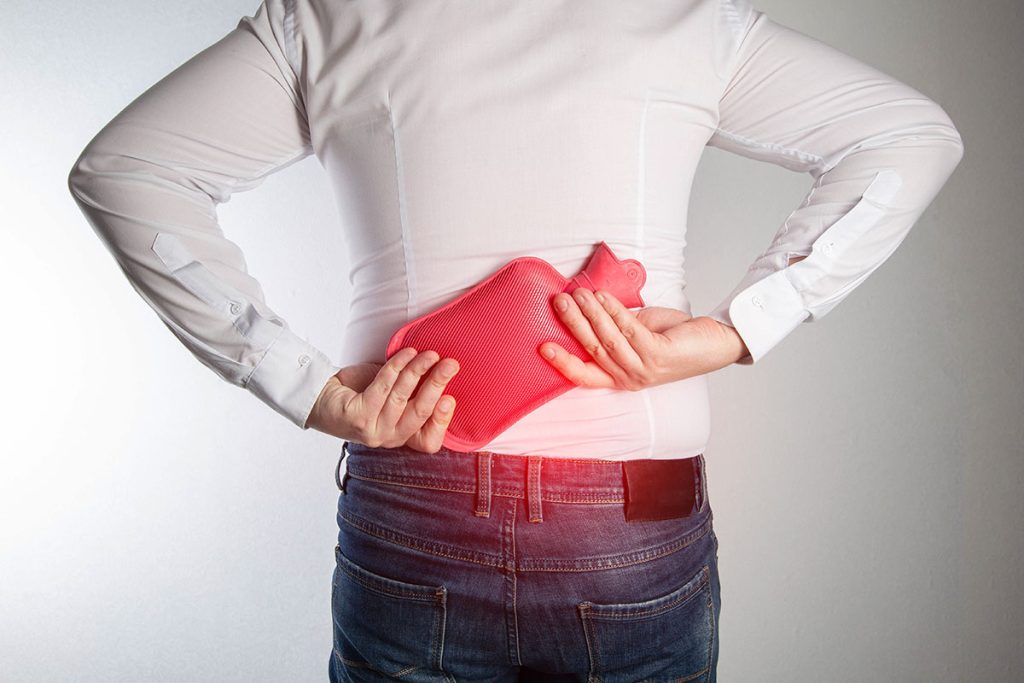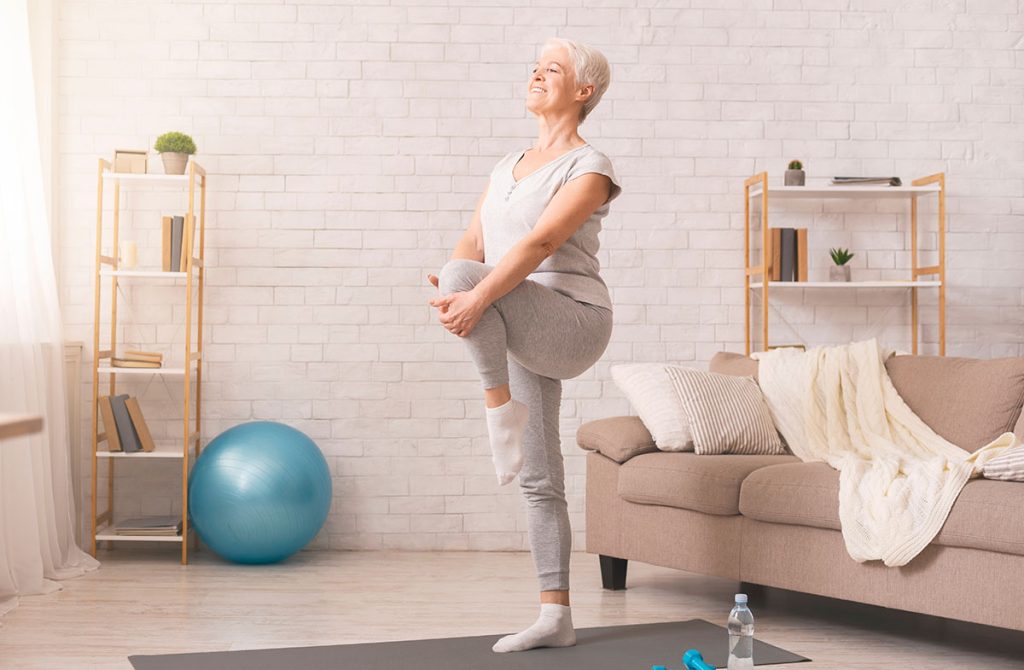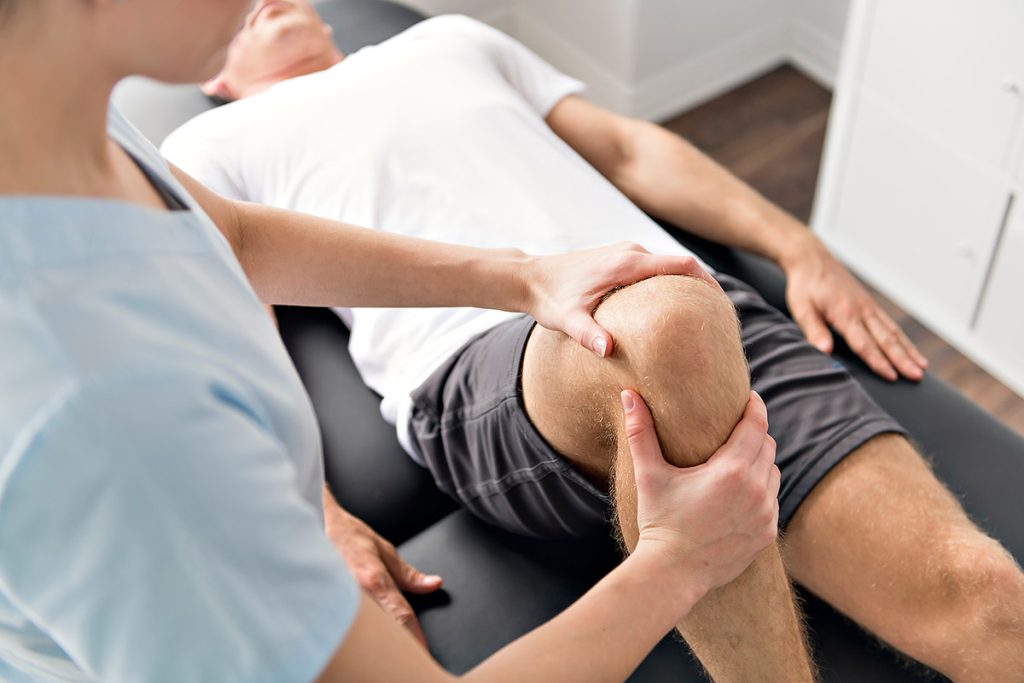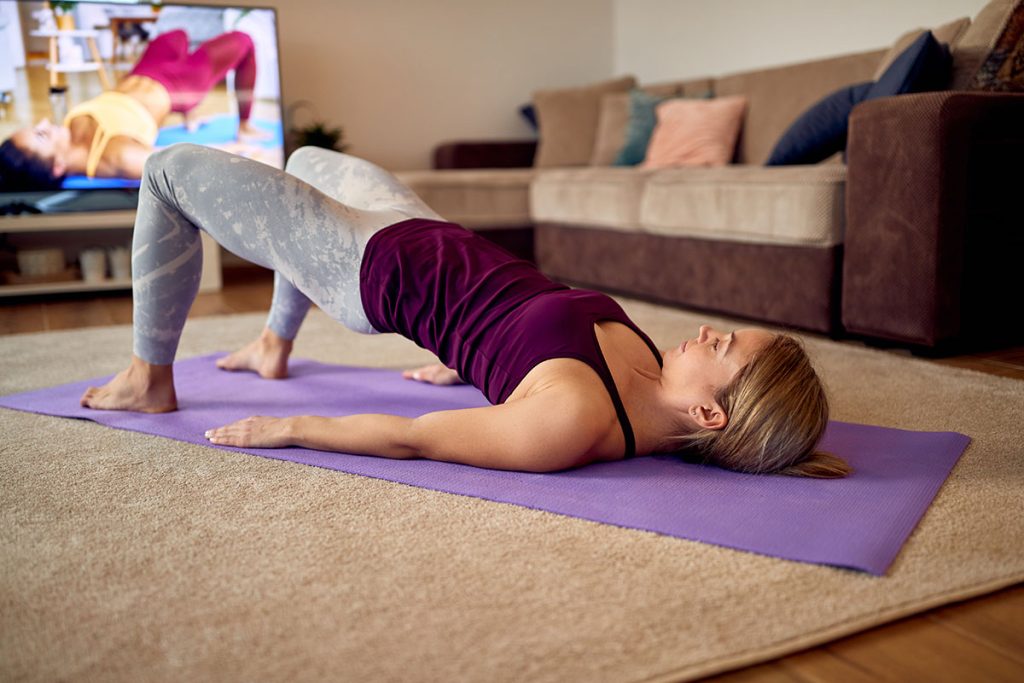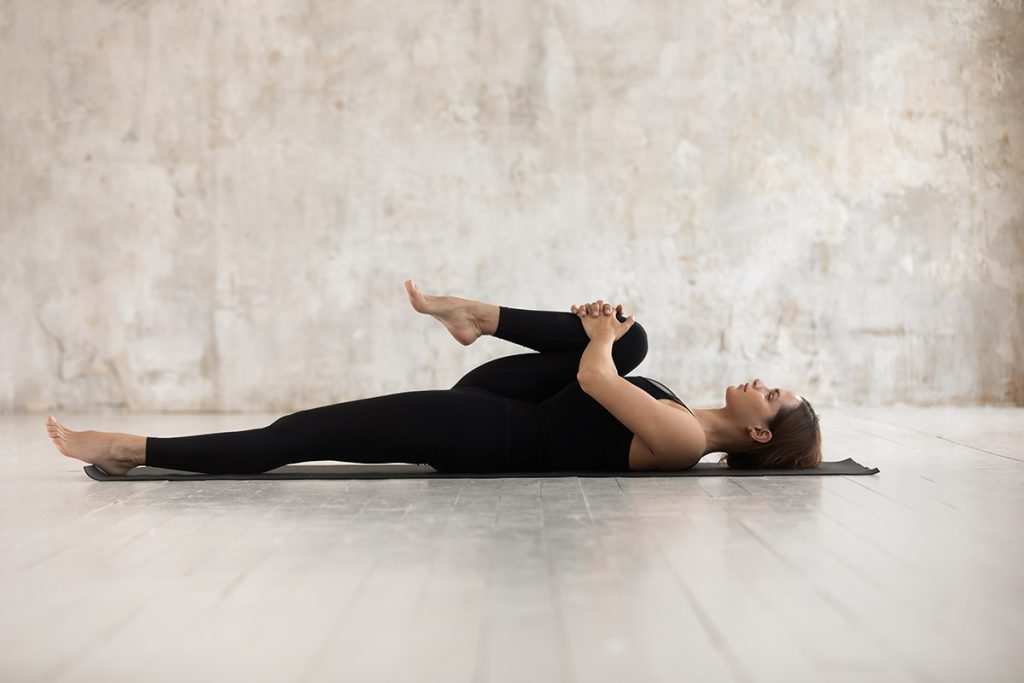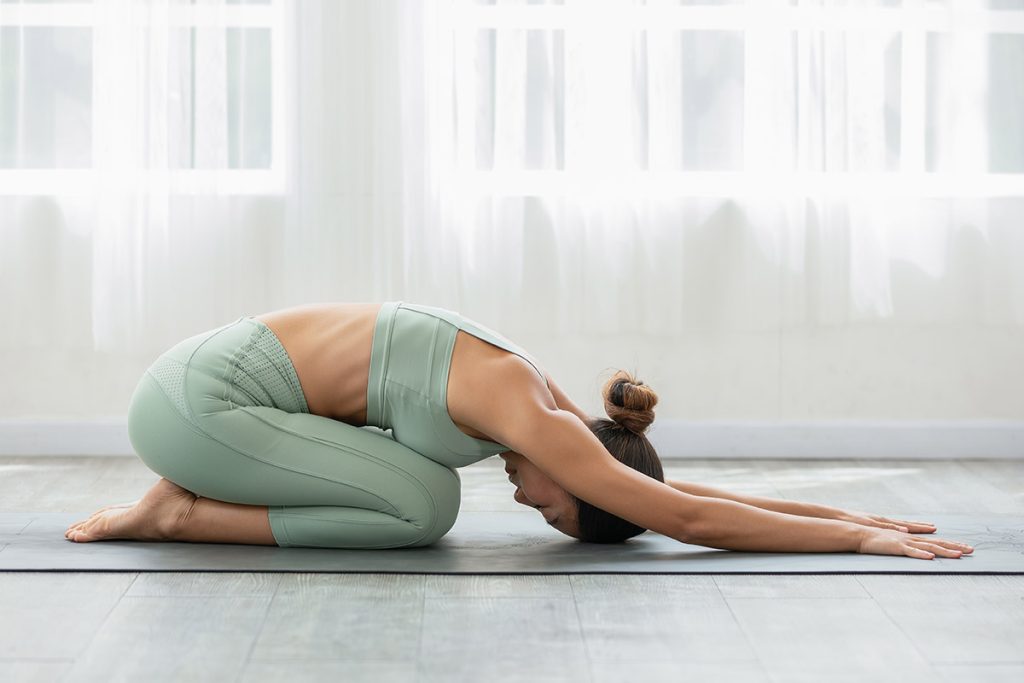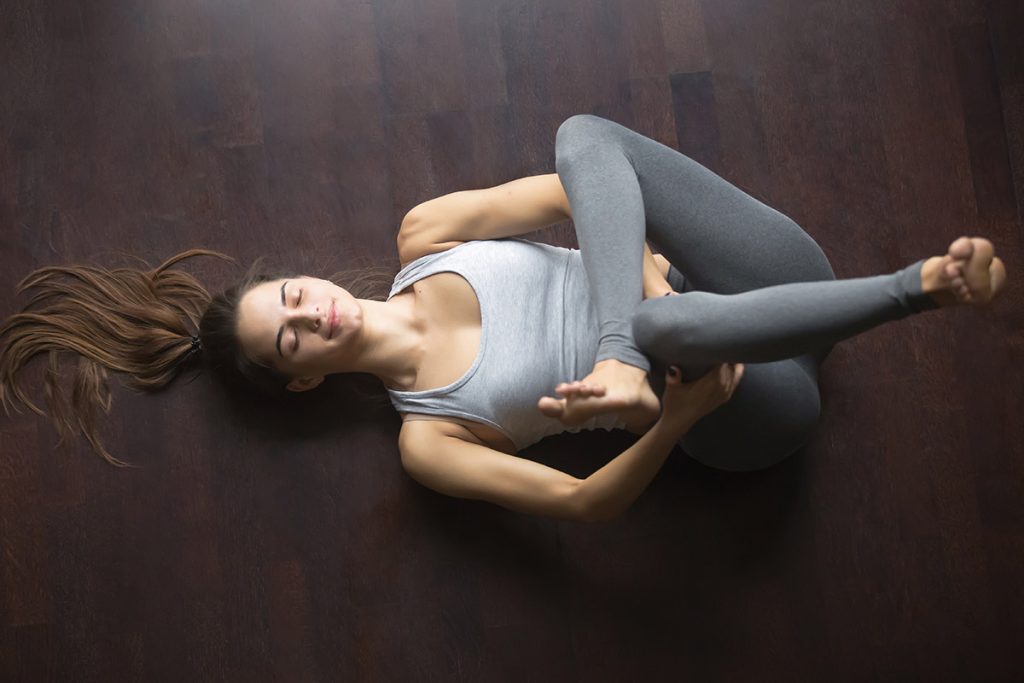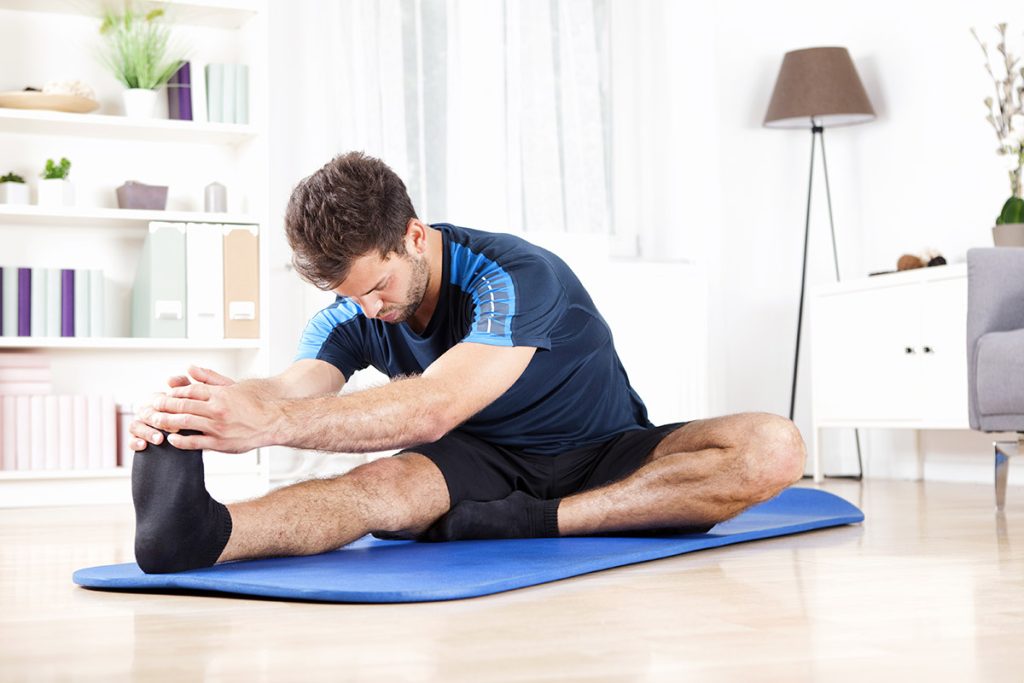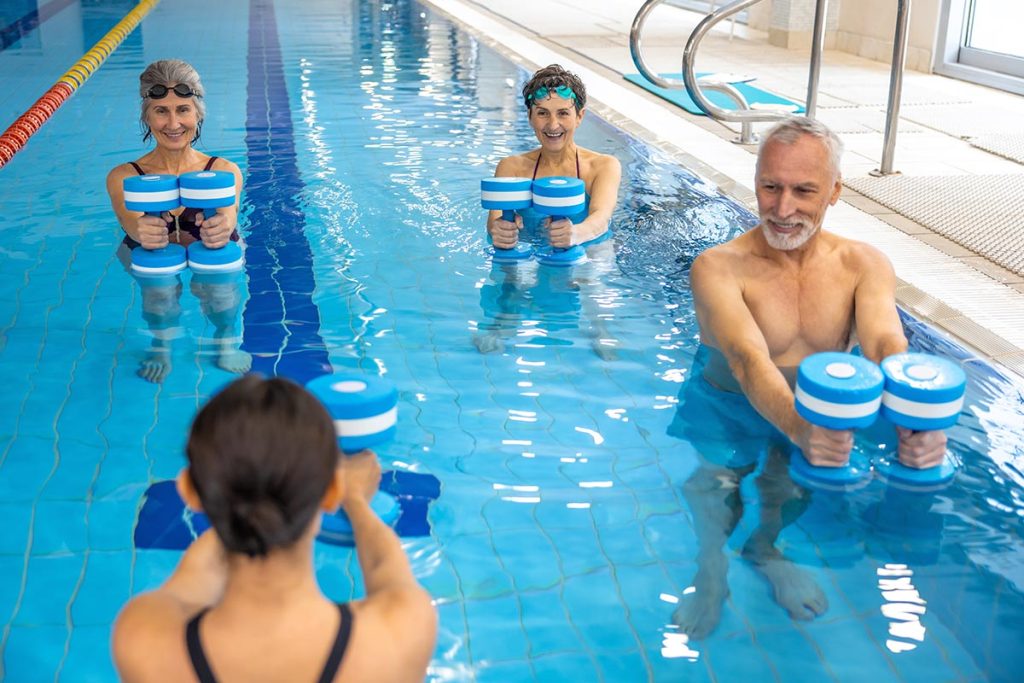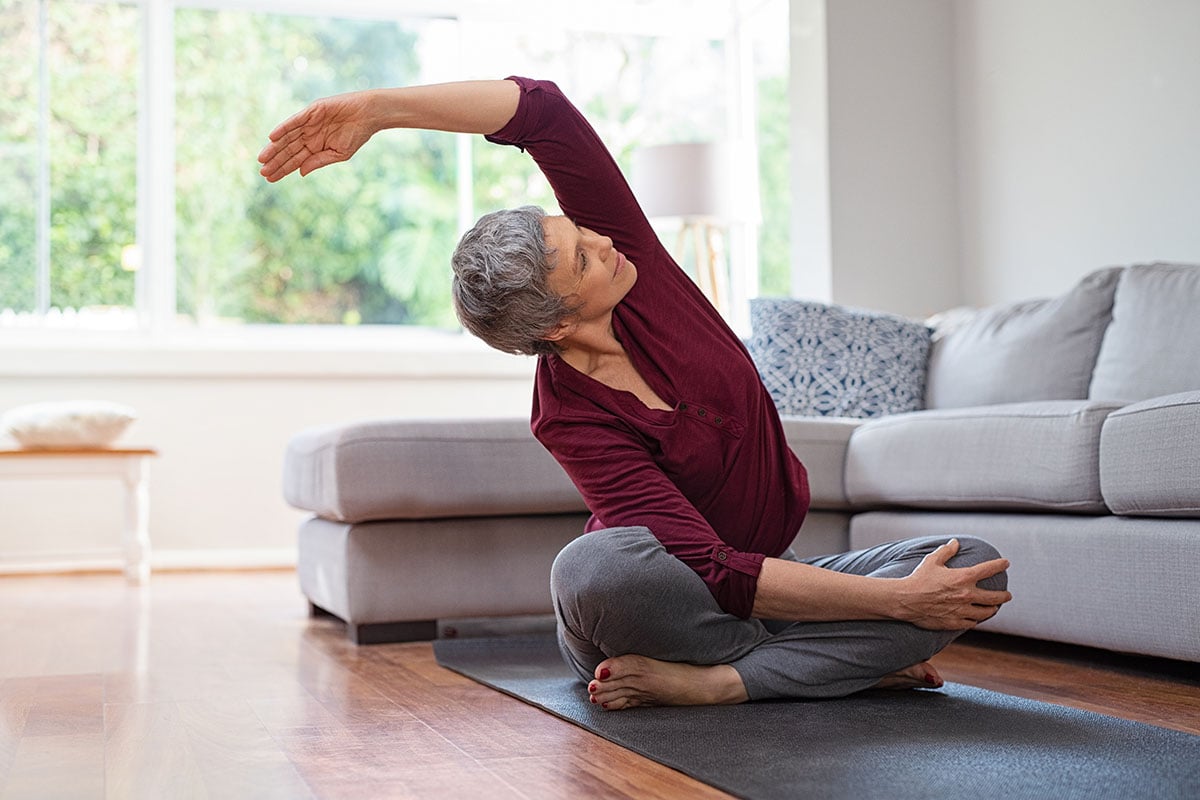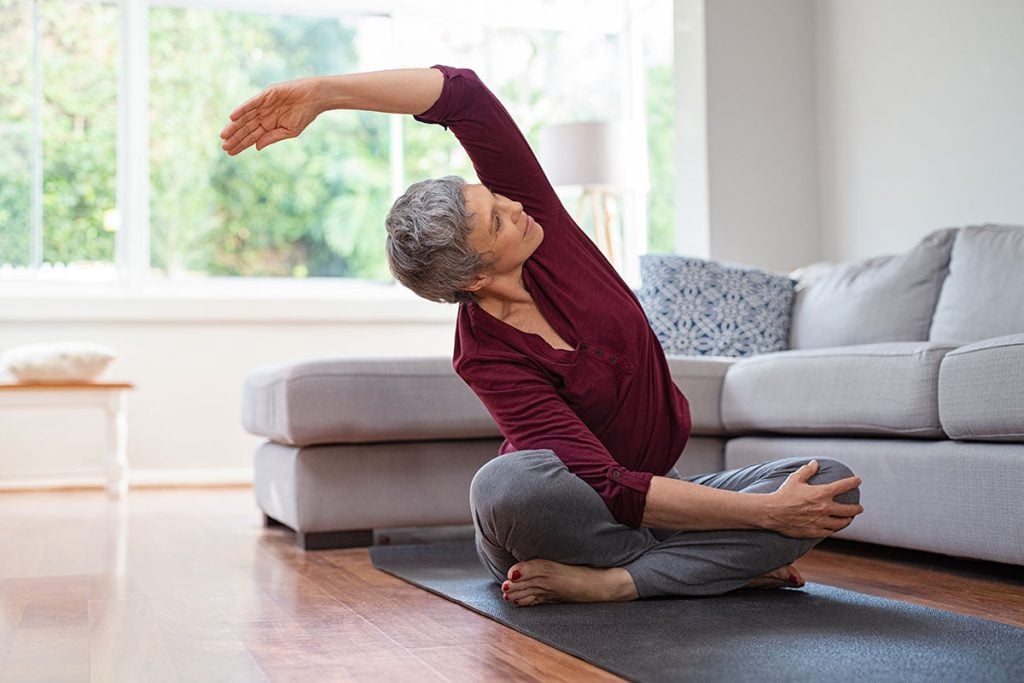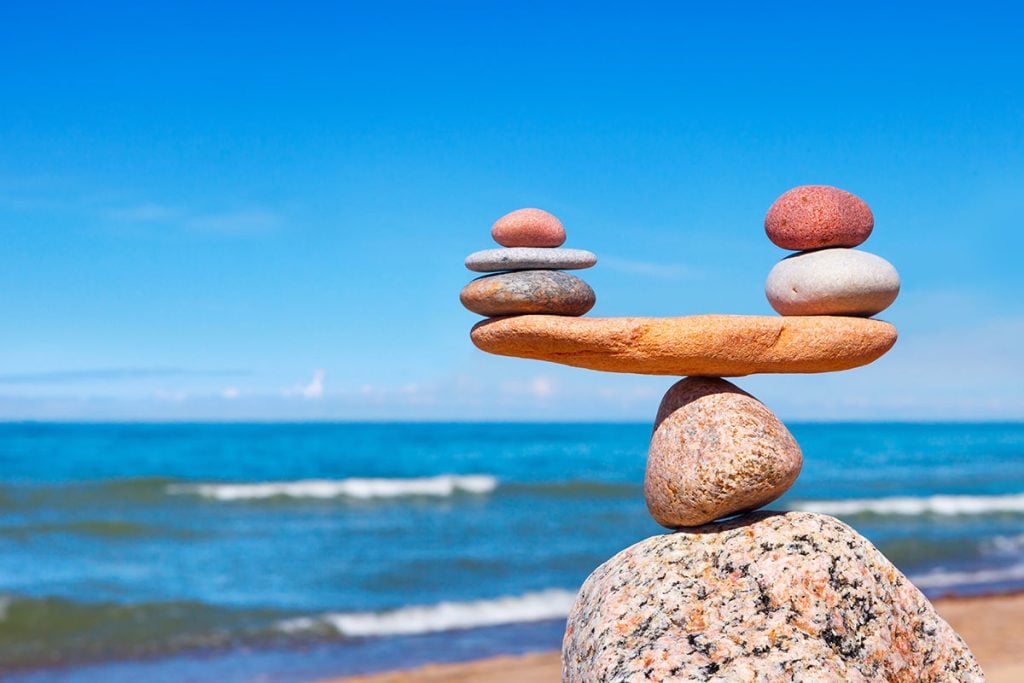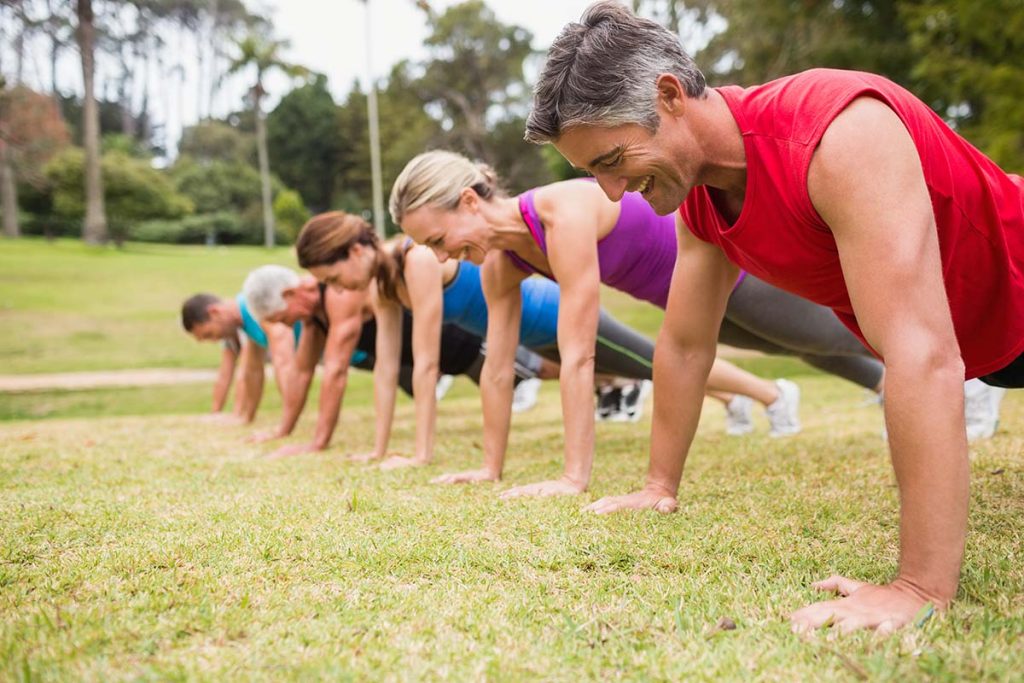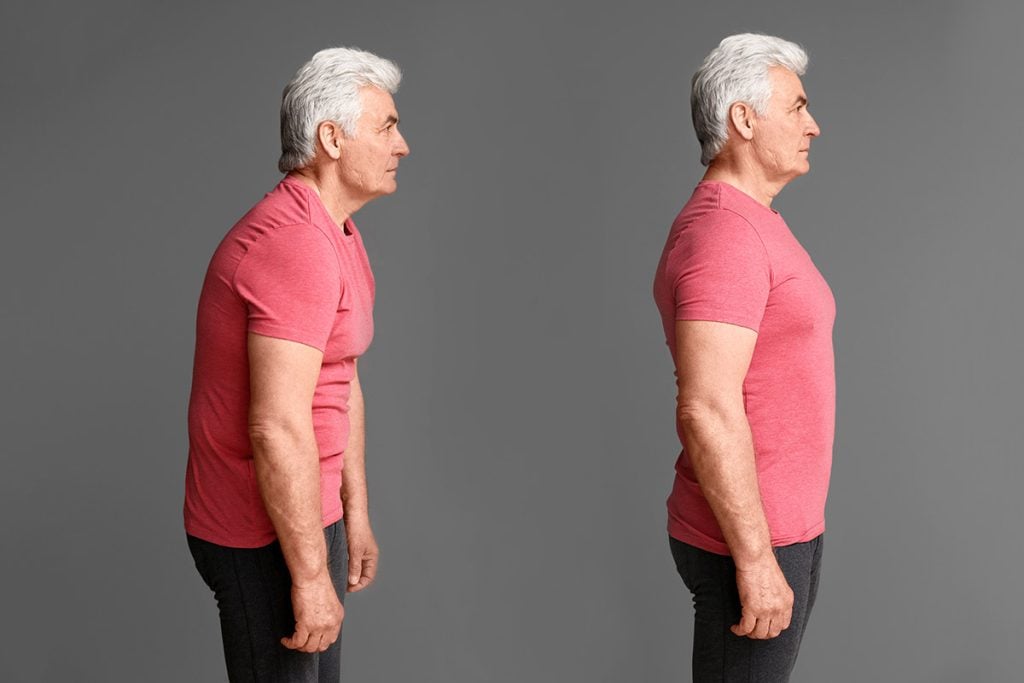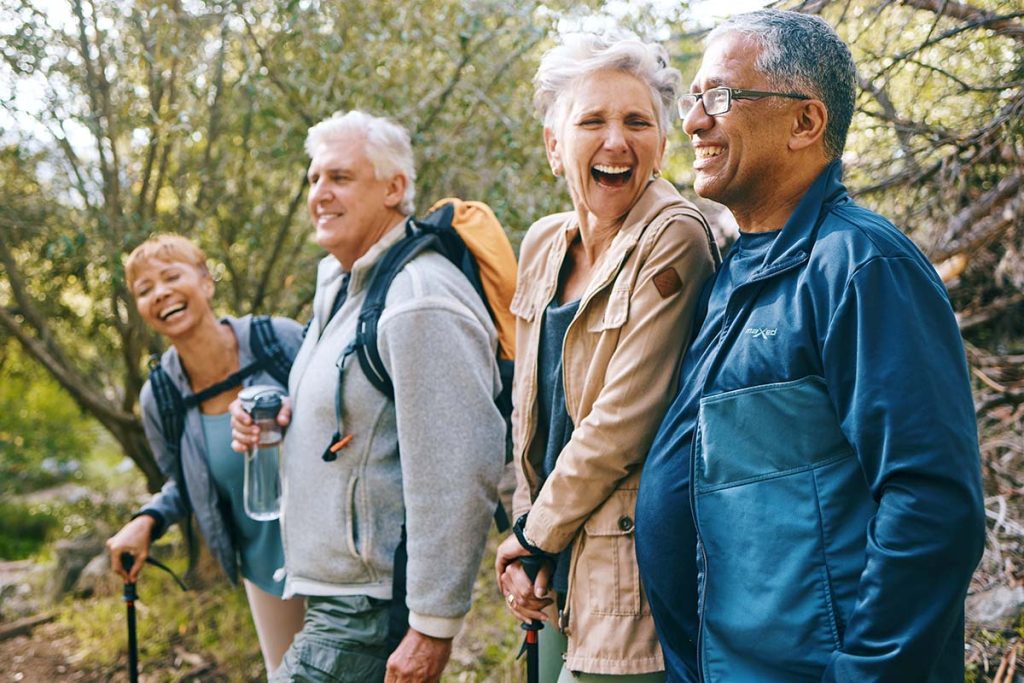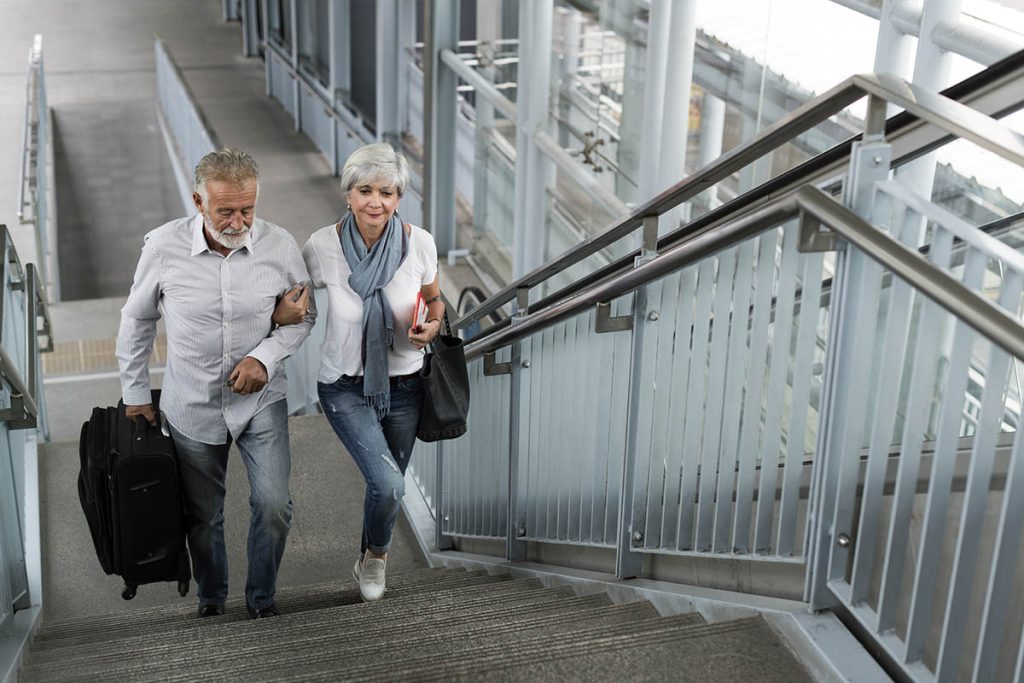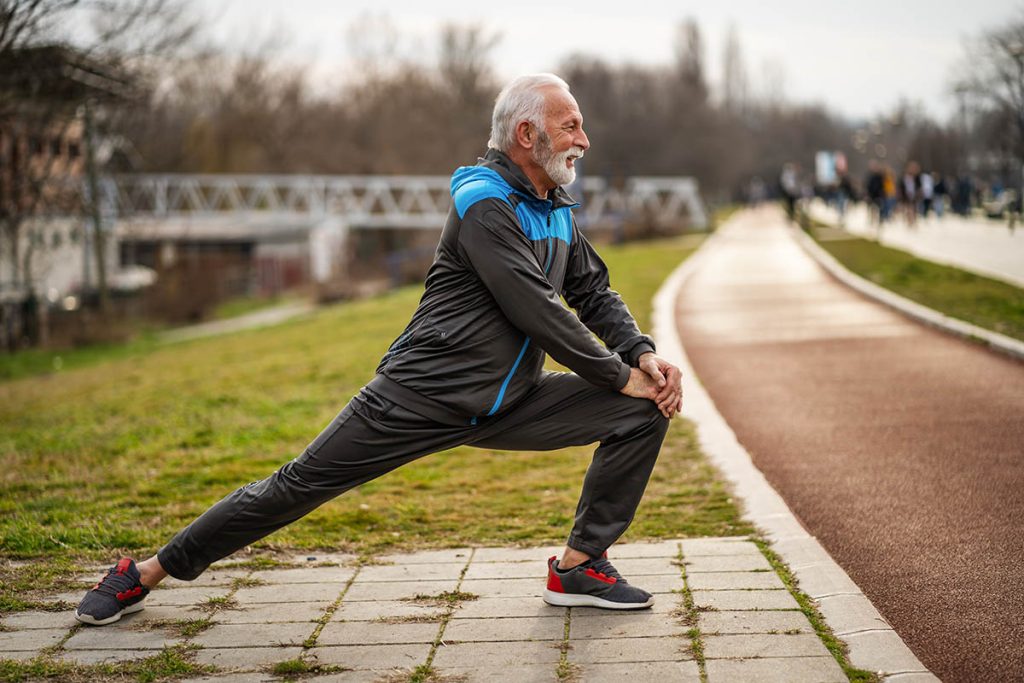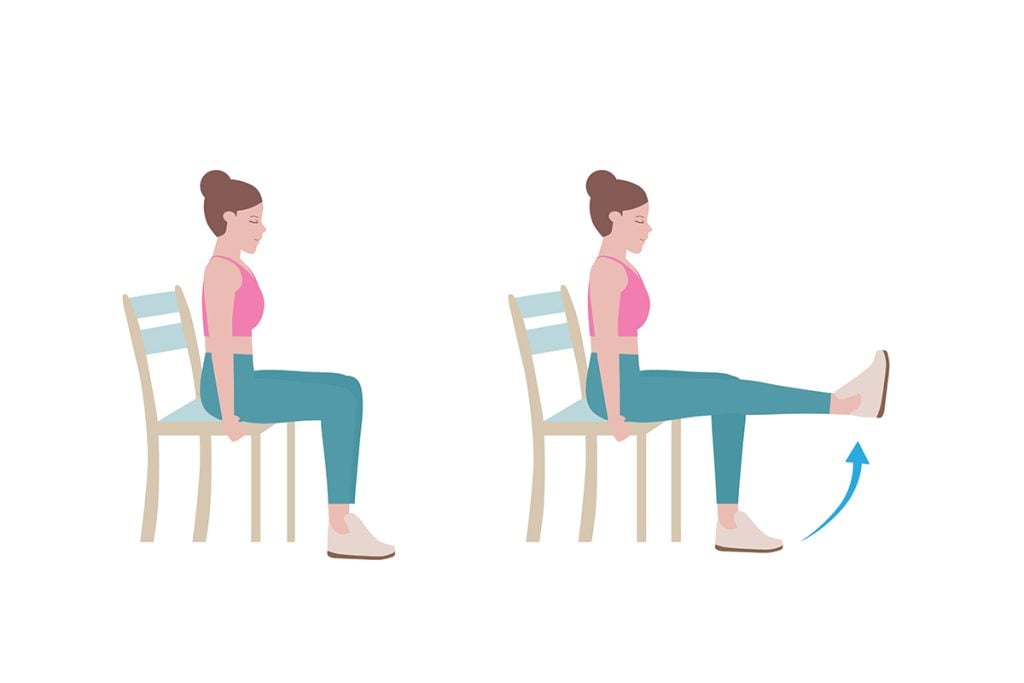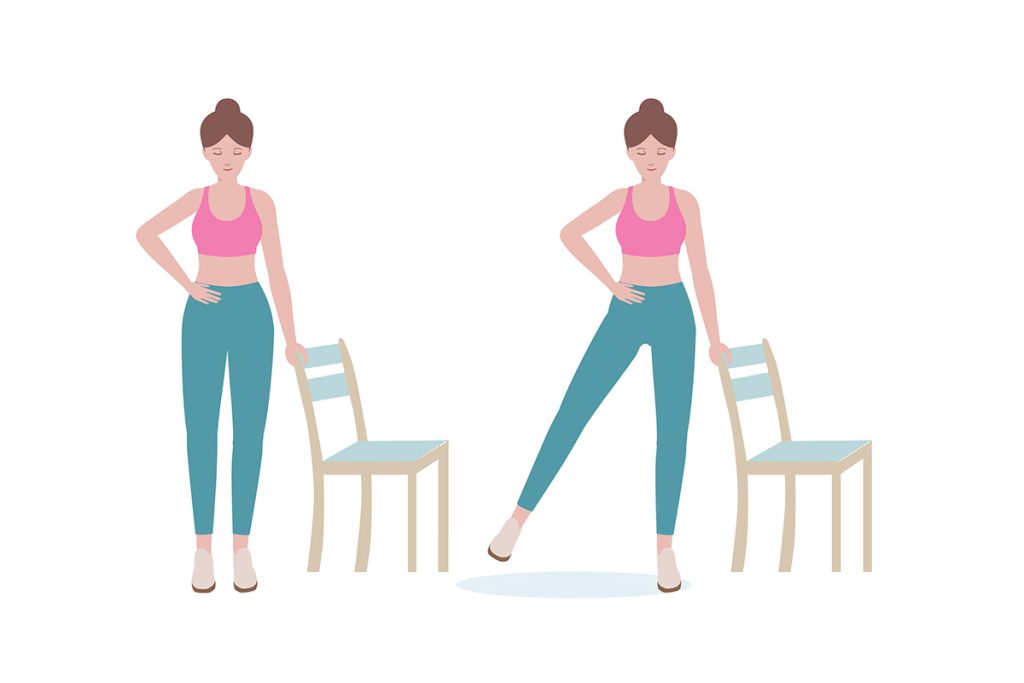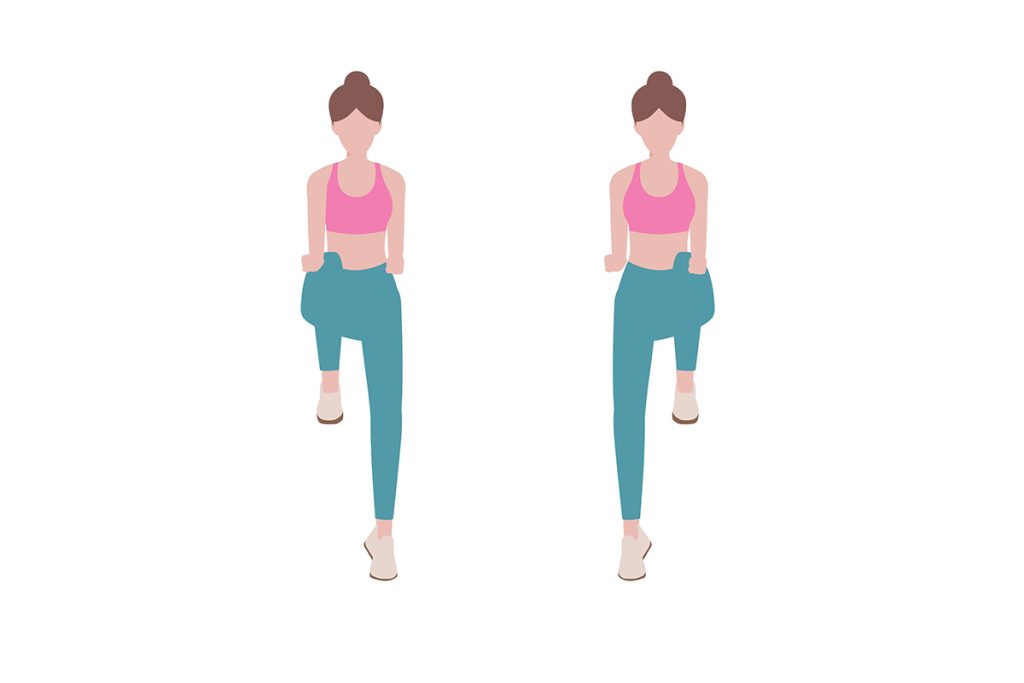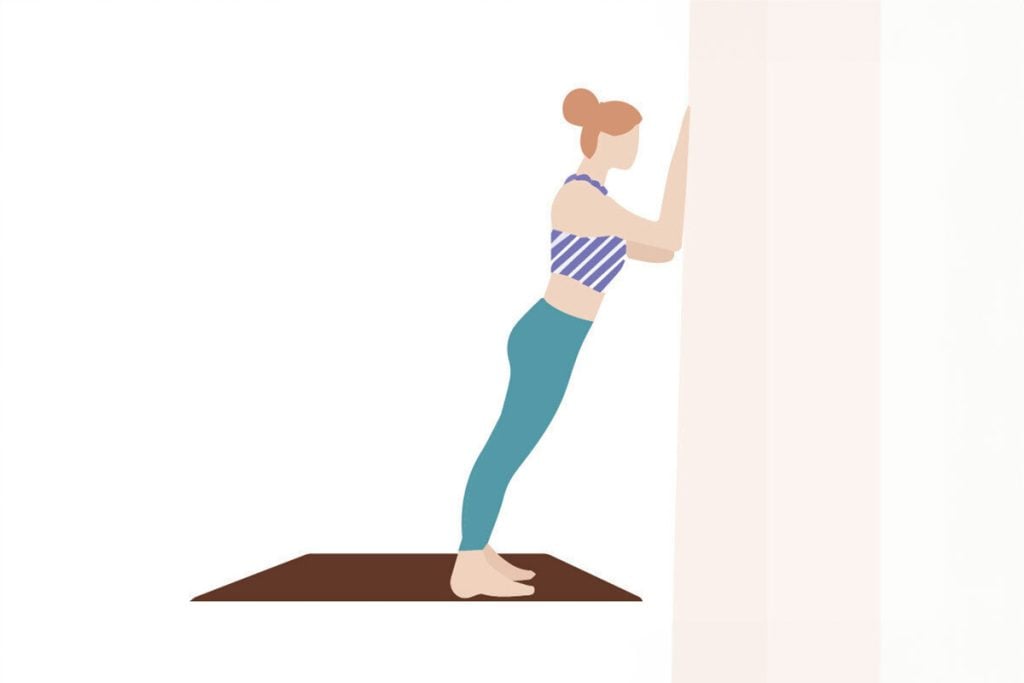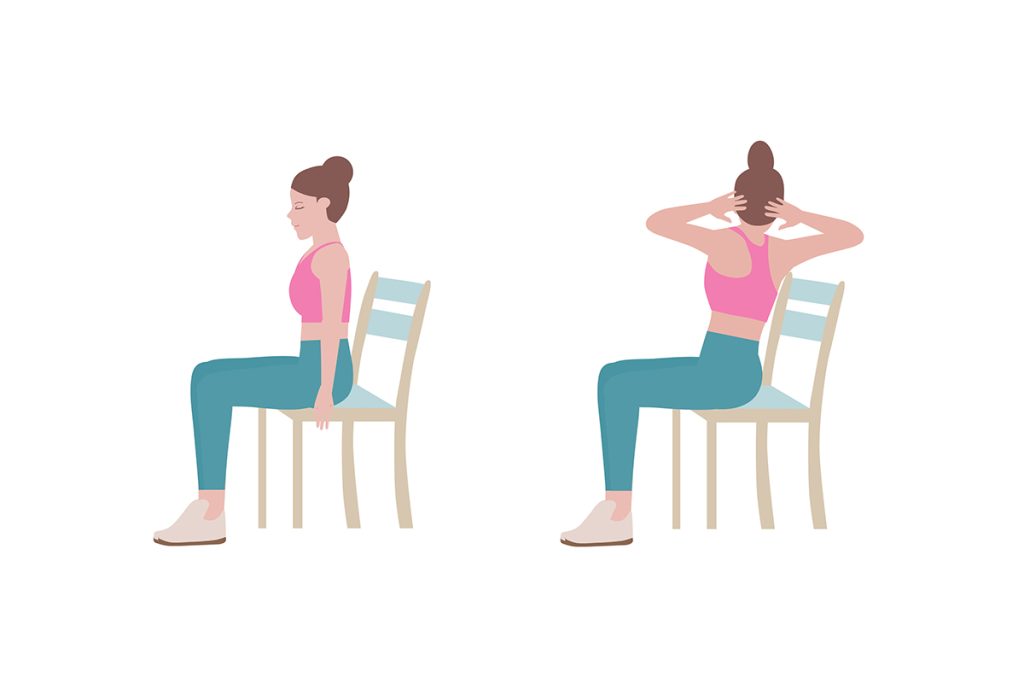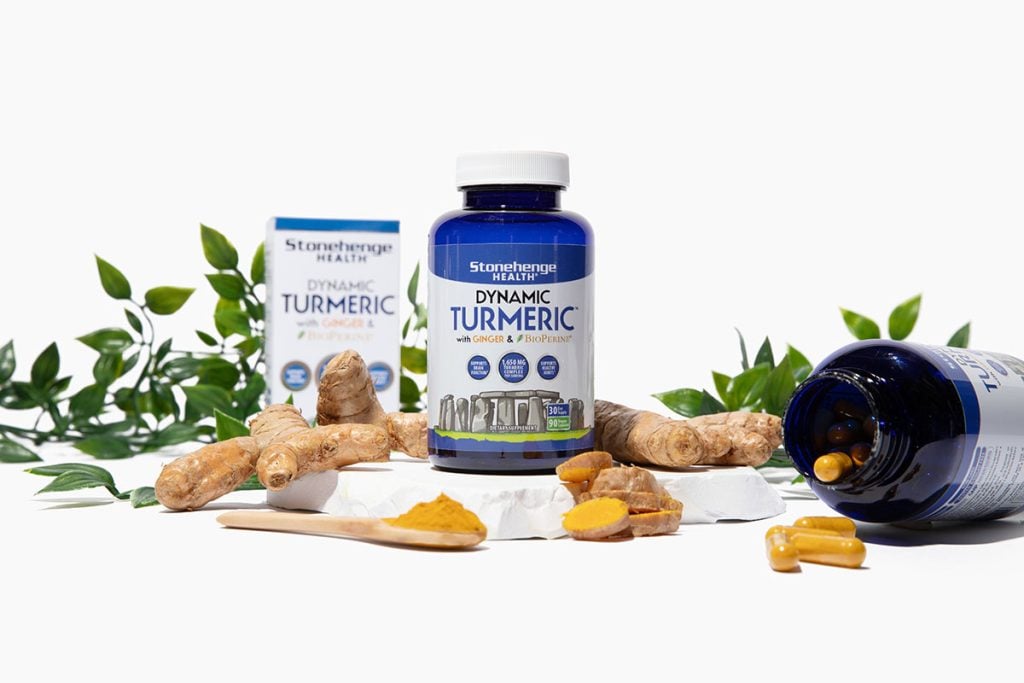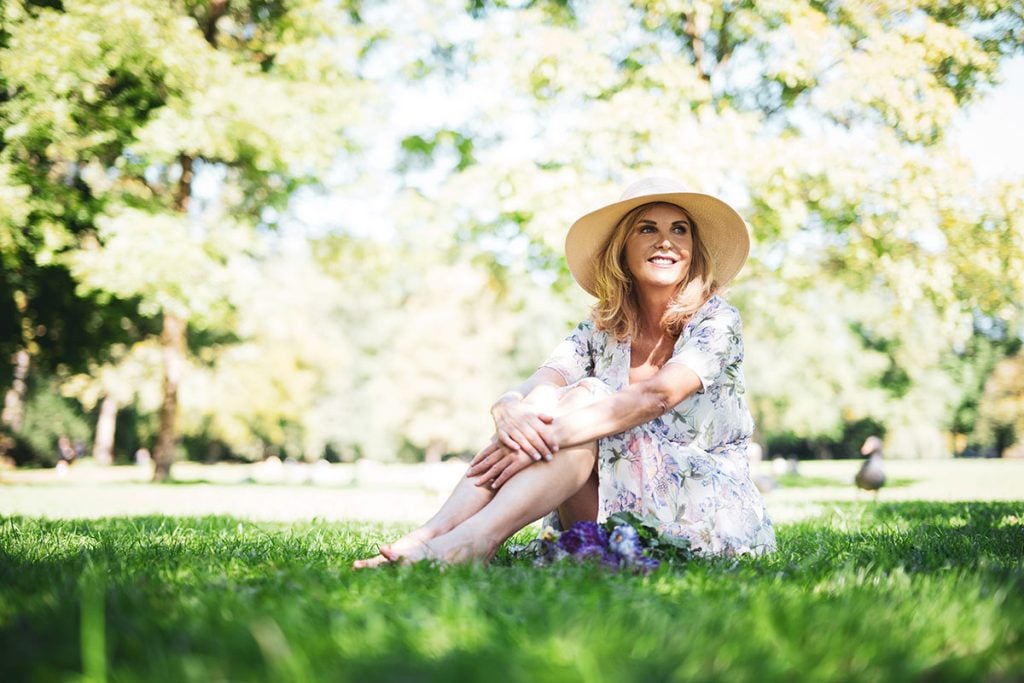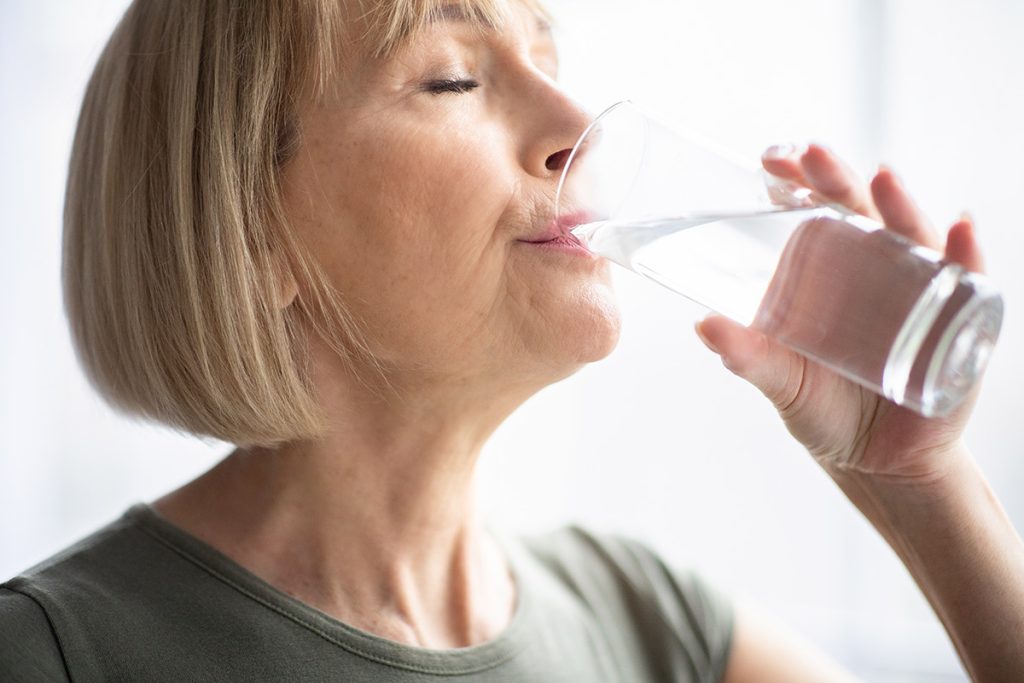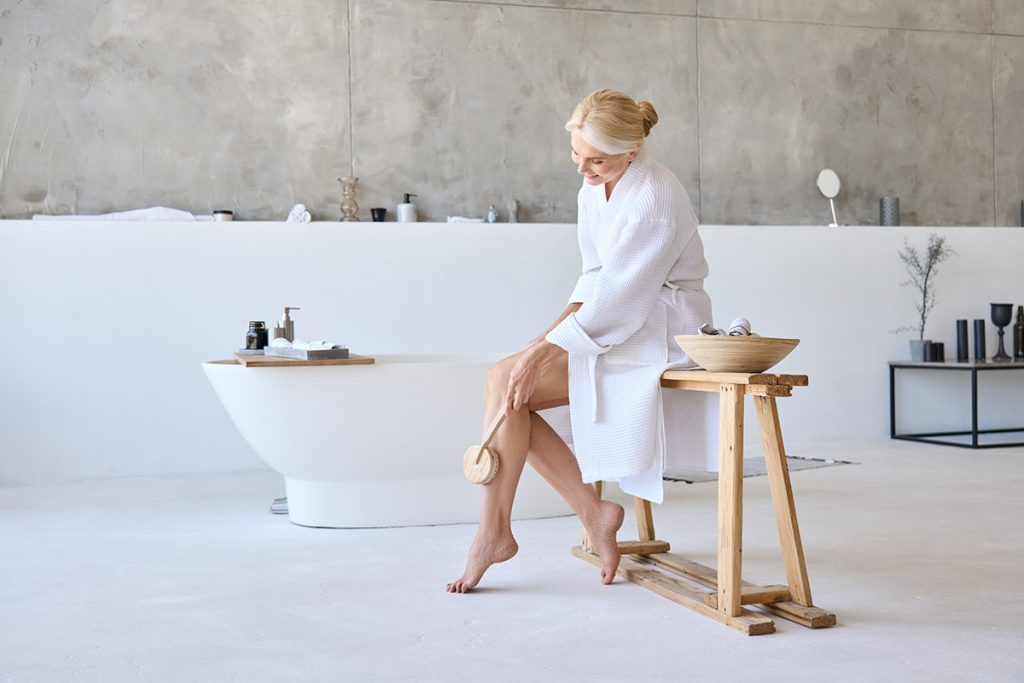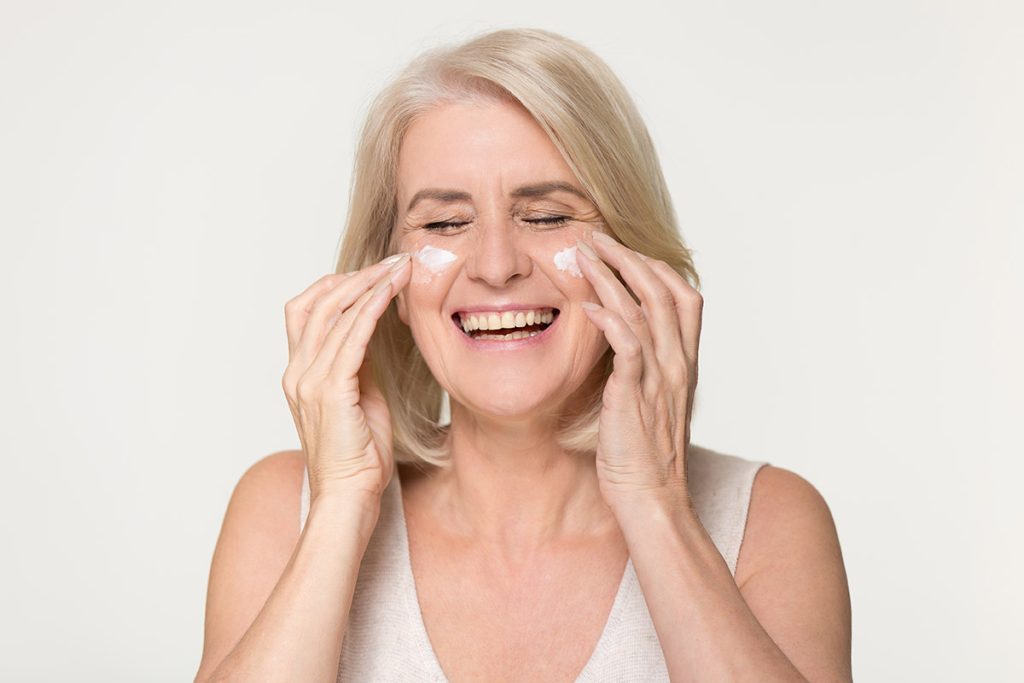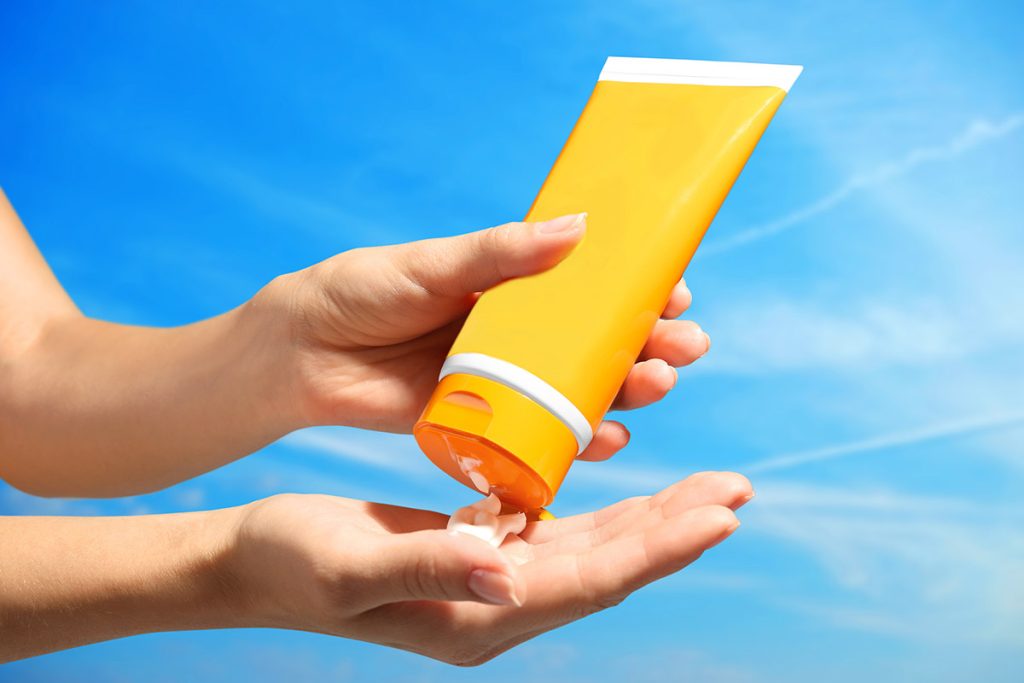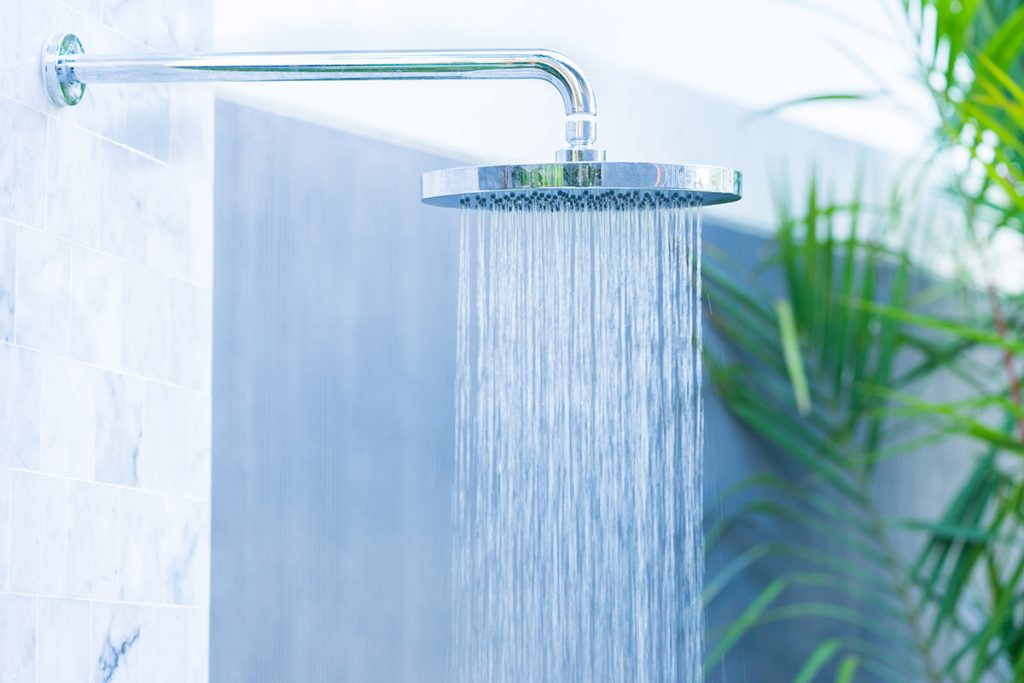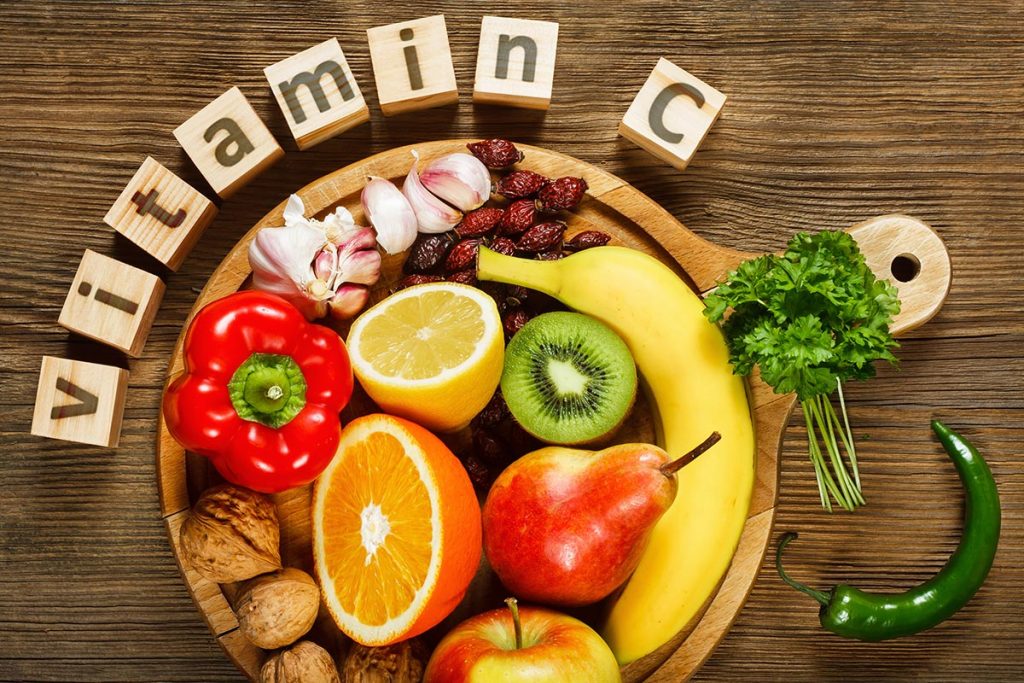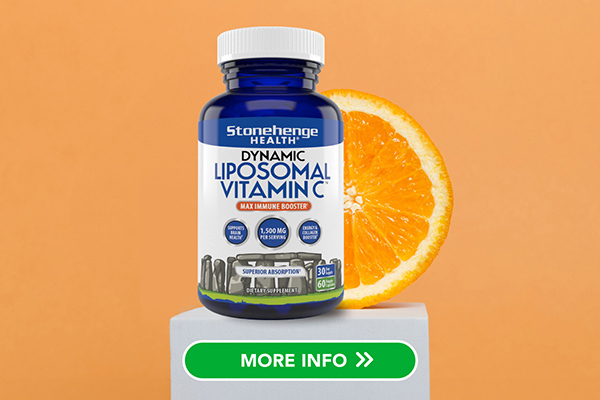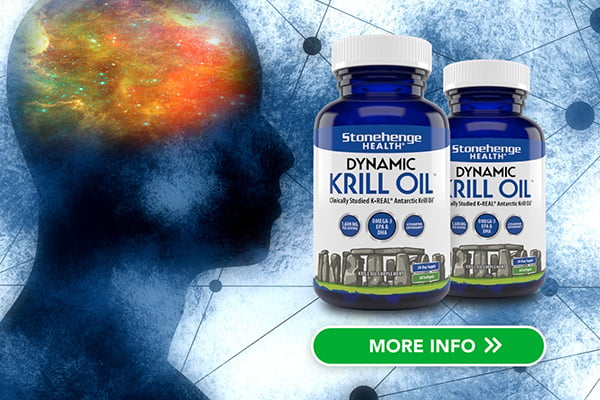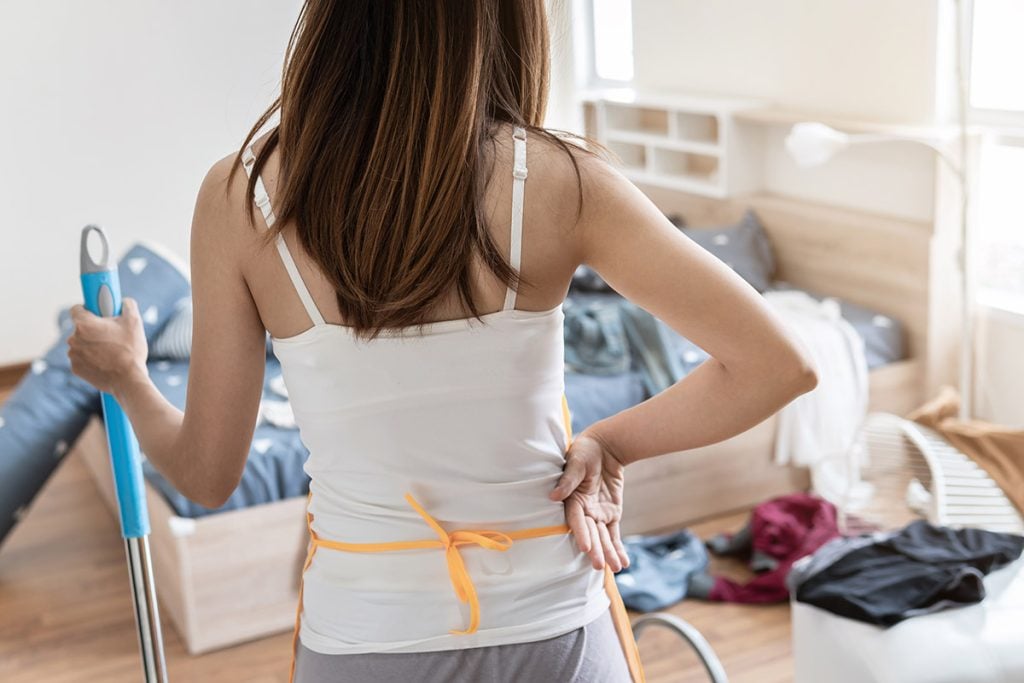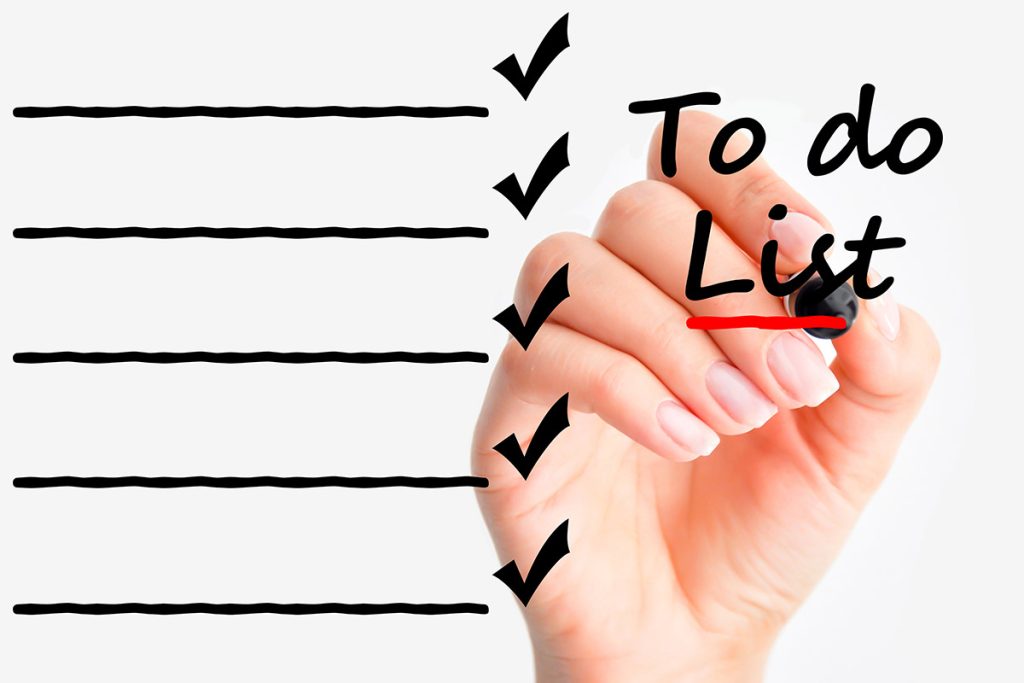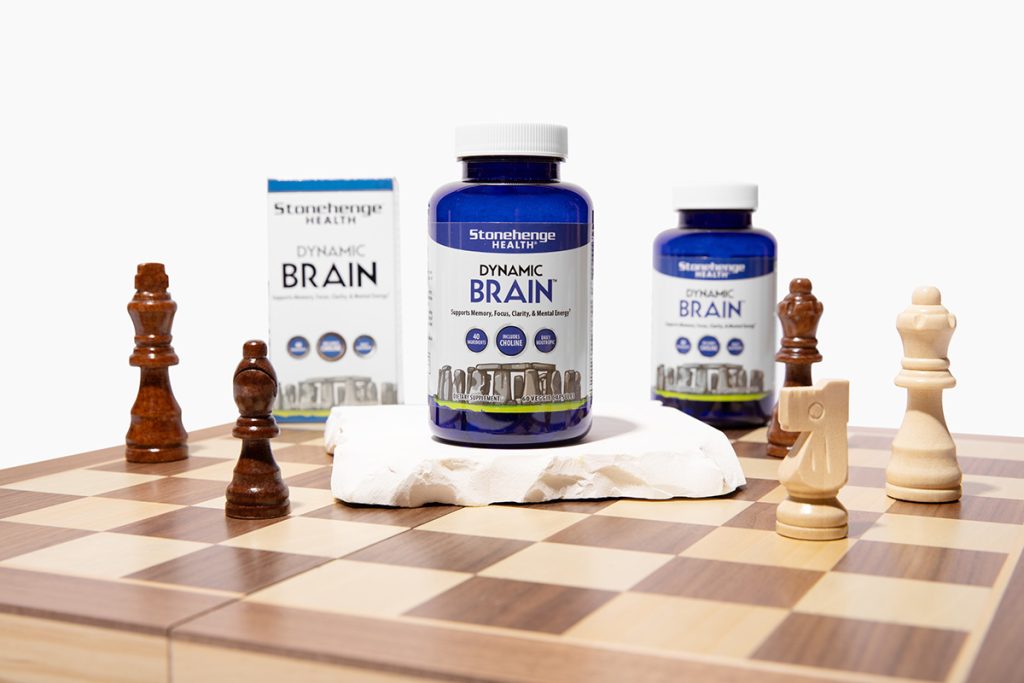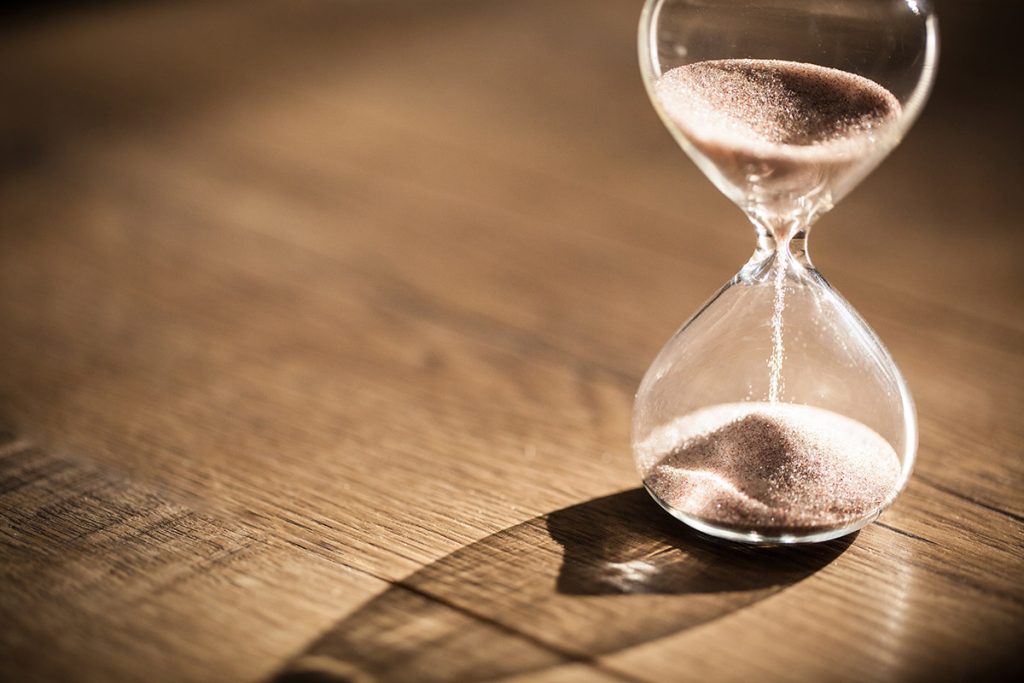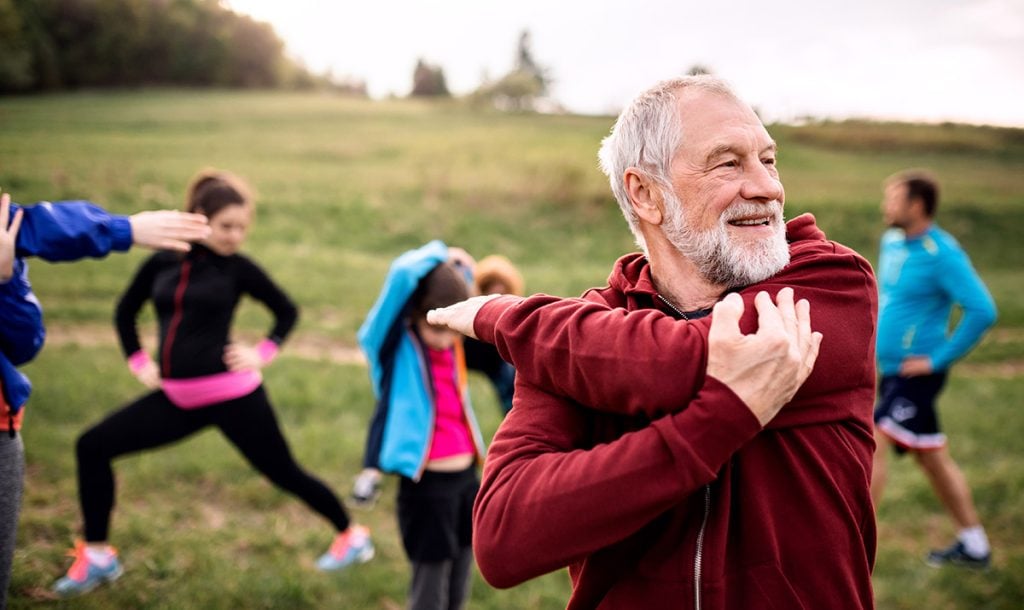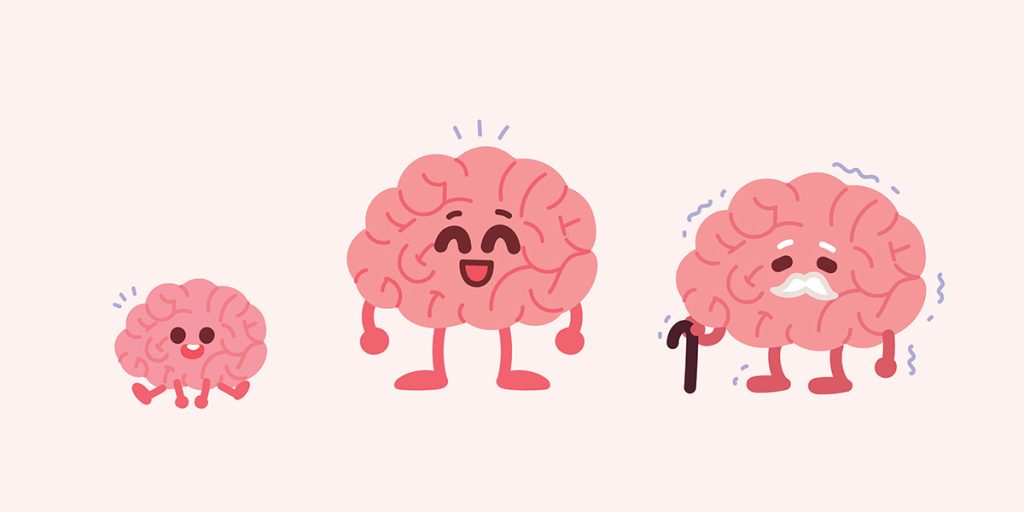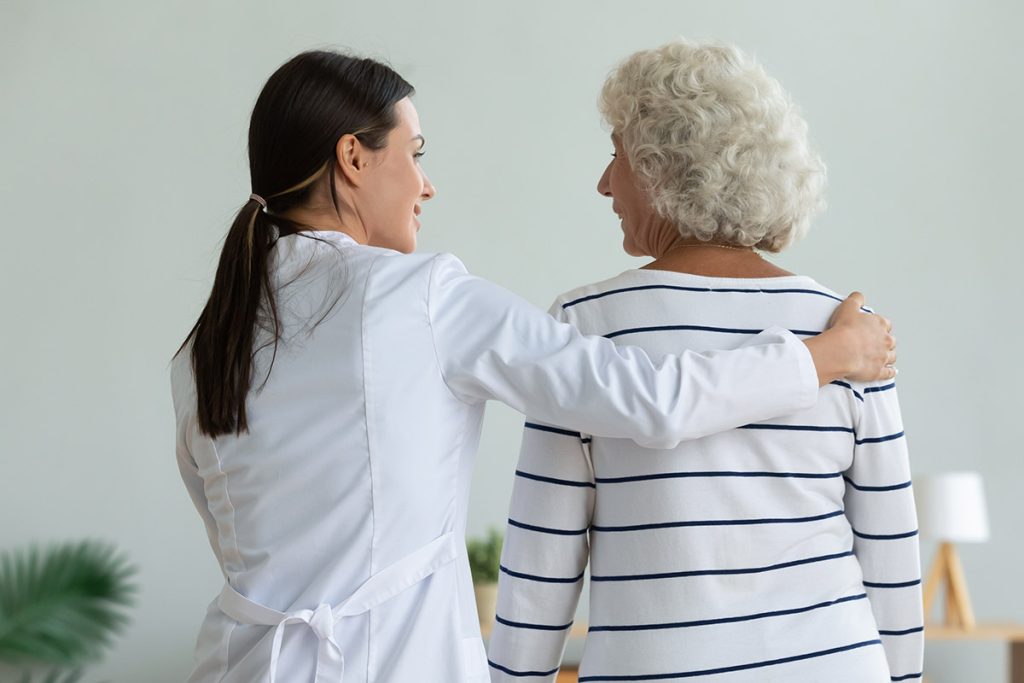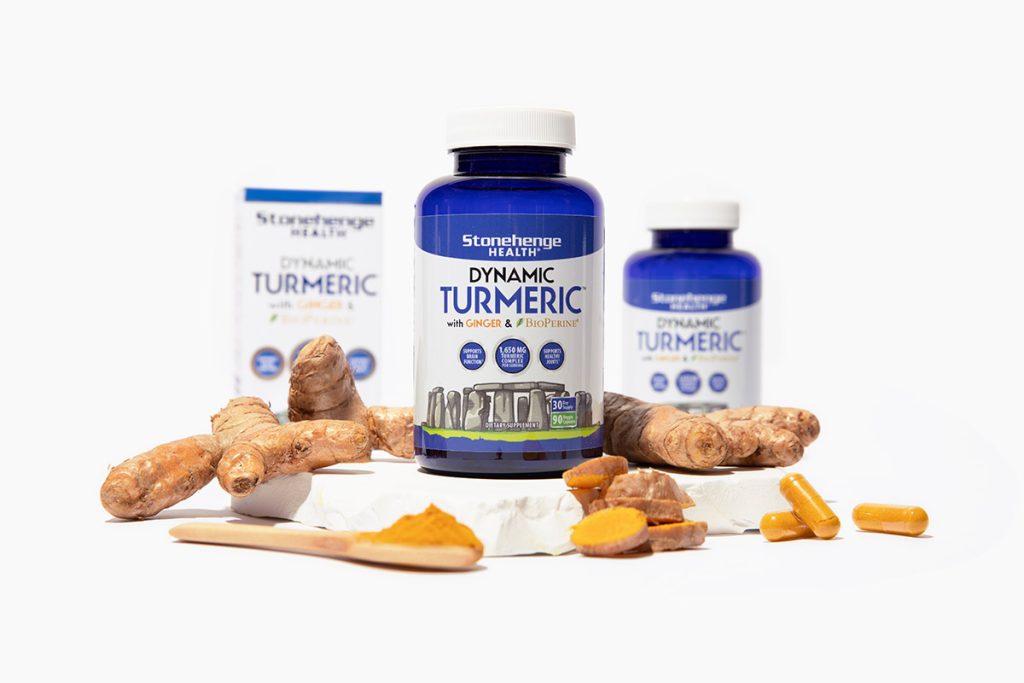
November is National Family Caregivers Month, a time to honor and appreciate caregivers, acknowledge their challenges, celebrate their triumphs, and emphasize the importance of self-care as caregivers.
Reflecting on my caregiving experience, I’m reminded of the invaluable lessons I’ve learned. My father’s journey was intertwined with mine, teaching me profound lessons about love, patience, and resilience. Each day presented a new challenge, but it also offered an opportunity for growth and understanding.
If you’re considering stepping into the shoes of a caregiver or already navigating this path, the expert advice and personal insights below may help guide you on your journey.
The Incredible Importance of Self-Care
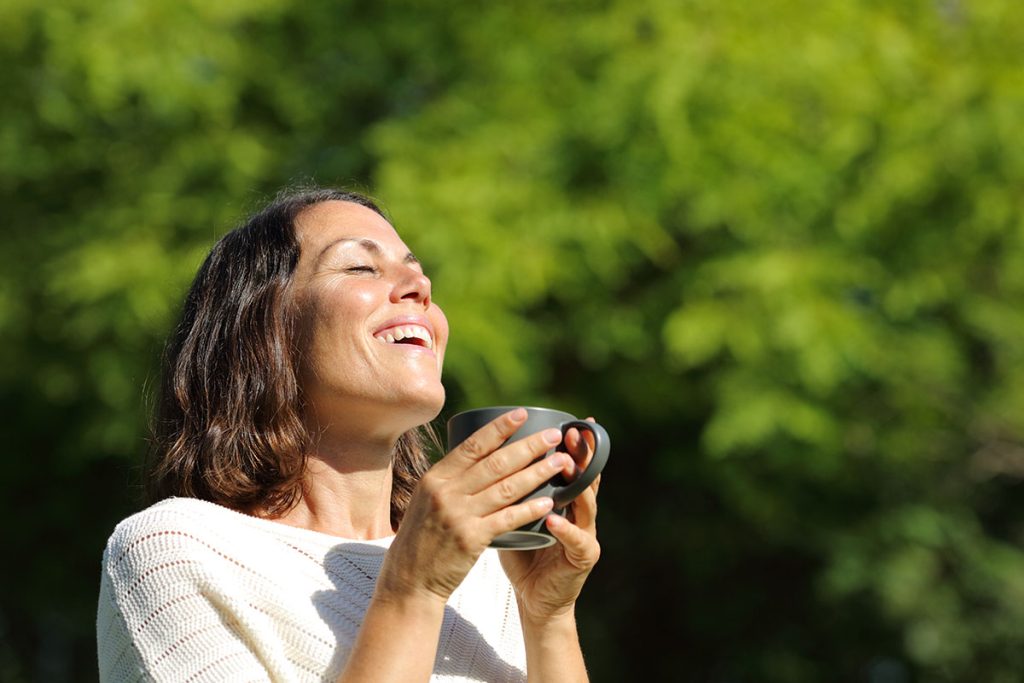
Caring for my 87-year-old father shaped my perspective on caregiving. It’s important to highlight that my dad had dementia, a condition marked by memory loss and other cognitive impairments. This condition often led to sundowning episodes, where his symptoms worsened in the late afternoon and early evening, turning our days into a rollercoaster ride of emotional ups and downs that took a significant toll, both physically and emotionally.
A simple yet profound truth is that “you can’t pour from an empty cup.” I’ve come to appreciate this adage more and more as it underscores the vital importance of self-care. It reminds us that caring for yourself is as important as caring for your loved one. Another important truth is that you must remember to be first in your own life, even though it’s often easy to put your loved one’s needs before yours.
As you navigate or continue your caregiving journey, remember these truths. Regular exercise, a balanced diet, sufficient sleep, and making time for activities you enjoy are essential ingredients in the self-care recipe.
And as you embark on or continue your caregiving journey, remember that you’re not alone. It’s a journey best traveled with a helping hand and a generous dose of self-care to ensure you and your loved one receive the care and attention you need and deserve.
Stay Connected, Isolation Isn’t the Answer

The responsibility of caring for a loved one may lead you to retreat from social interactions. However, isolation can lead to feelings of loneliness and depression, making the caregiving journey even more challenging.
Remember, maintaining your social connections isn’t selfish; it’s a critical aspect of self-care. Keeping in touch with friends and maintaining a support network can provide emotional relief and a sense of normalcy.
Seek Support

Don’t hesitate to seek help from friends, family, or support groups. It’s crucial to understand that it’s not a journey to be undertaken alone. Sharing your experiences with others in similar situations can provide emotional relief and practical advice. Remember, it’s okay to ask for help.
Educating Yourself

Knowledge is power. The more you understand your loved one’s condition, the better you’ll be able to handle challenges. Attend workshops, webinars, or consult professionals to broaden your knowledge.
Set Boundaries
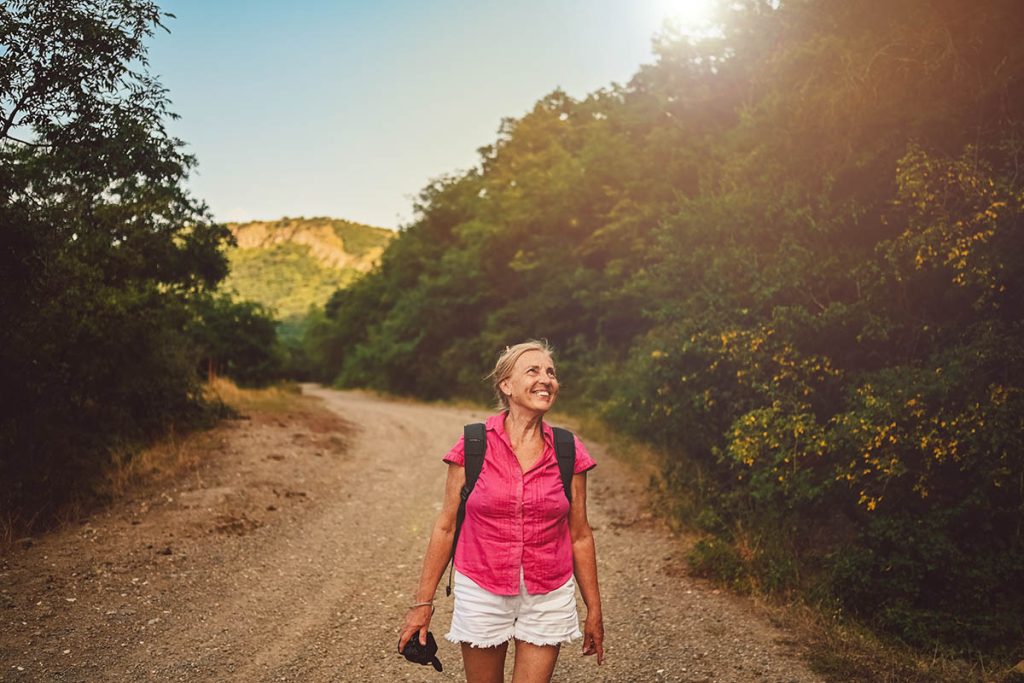
It’s crucial to establish personal boundaries to prevent burnout. This might mean scheduling regular breaks, delegating tasks, or setting aside time for relaxation and hobbies.
Know Your Limitations and Plan for the Future
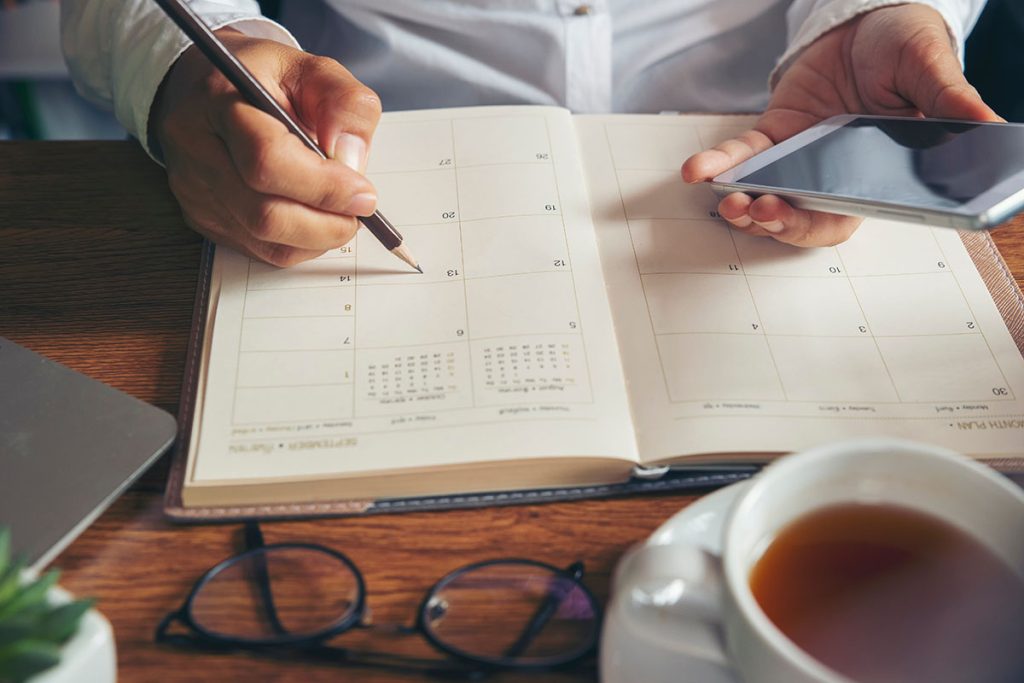
As caregiving responsibilities often evolve, it becomes crucial to have a well-thought-out plan to address potential changes in your loved one’s health or living situation. This foresight can significantly alleviate stress and ensure the best care for your family member.
In my journey, there came a poignant moment when I realized that my father’s needs had exceeded my capacity. I can vividly recall the day when my father’s sundowning episode escalated to the point where he became combative, unsettling my children. It was at this turning point that I recognized the necessity of alternative care.
Since my father was a Veteran, I had proactively arranged financial support, anticipating the professional care he would eventually require. This foresight led us to choose an assisted living facility with a specialized memory care center. Not only did this decision ensure my father received the expert care he needed, but it also allowed me to concentrate on preserving my well-being and that of my family.
Planning and having the support systems in place proved to be a lifeline during this challenging phase of our caregiving journey.
Navigating Care for Elderly Parents with Limited Financial Resources

For many families, the decision to care for loved ones at home stems from financial necessity. Often, our parents lack the resources required for assisted living or specialized care facilities. In such circumstances, it becomes imperative to explore the available avenues of support.
The Veterans Administration (VA) is a significant source of assistance, extending support to eligible veterans and their spouses. Through programs like Aid and Attendance, the VA provides financial aid to help cover the costs associated with home care or assisted living, easing the financial burden.
Additionally, Medicare plays a role in supporting healthcare services; however, it’s equally essential to understand the coverage’s limitations and associated co-pays. To further broaden the scope, Medicaid, a joint federal and state program, offers healthcare coverage to low-income individuals, including seniors, bridging the gap for those with limited financial resources.
Drawing from personal experience, I emphasize the crucial nature of early planning and foresight. Establishing the necessary provisions for your parent’s future needs can be time-consuming, ranging from a few months to a year.
Seeking guidance from social workers and elder care specialists proves invaluable in navigating these intricate programs, ensuring that despite financial constraints, your elderly parent receives the care they need.
You Are Appreciated

If you’re considering becoming a caregiver, remember that while the journey is challenging, it’s also deeply rewarding. Your sacrifice won’t go unnoticed; you’re making a profound difference in someone’s life. If you’re already on this journey, your dedication is immensely appreciated.
Although some days may feel daunting, remember the joy and fulfillment of caregiving. You are not alone on this journey, and the rewards—though they may sometimes seem elusive—are truly priceless.
The Stress Factor
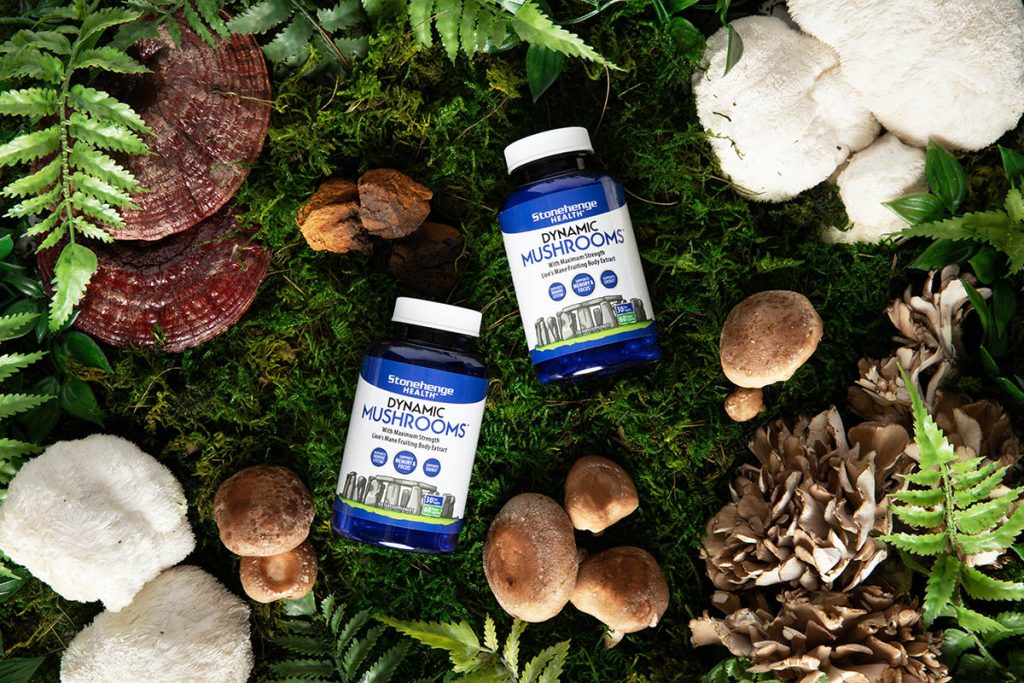
If you’re a caregiver, you’re likely dealing with your fair share of stress. Know that natural options may help your body better manage it more effectively.
Functional mushrooms like Reishi, Maitake, and Lion’s Mane have gained popularity as adaptogens, primarily due to their ability to support the body’s stress response system. They contain unique compounds, such as beta-glucans and polysaccharides, which have been shown to promote healthy immune function. Lion’s Mane boasts hericenones and erinacines, known for supporting cognitive function.
To make things even more convenient, you can get your daily dose of adaptogens through supplement blends, saving you the trouble of hunting down individual ingredients.
Stonehenge Health Dynamic Mushrooms brings together the benefits of the five most popular functional mushrooms – Lion’s Mane, Reishi, Chaga, Maitake, and Shiitake. These mushrooms, collectively recognized as adaptogenic, can help support your cognitive health, manage daily stress, improve sleep quality, and support your immune system. * This all-in-one approach makes it easy to include adaptogens into your routine.
* These statements have not been evaluated by the Food and Drug Administration. This product is not intended to diagnose, treat, cure or prevent any disease.




